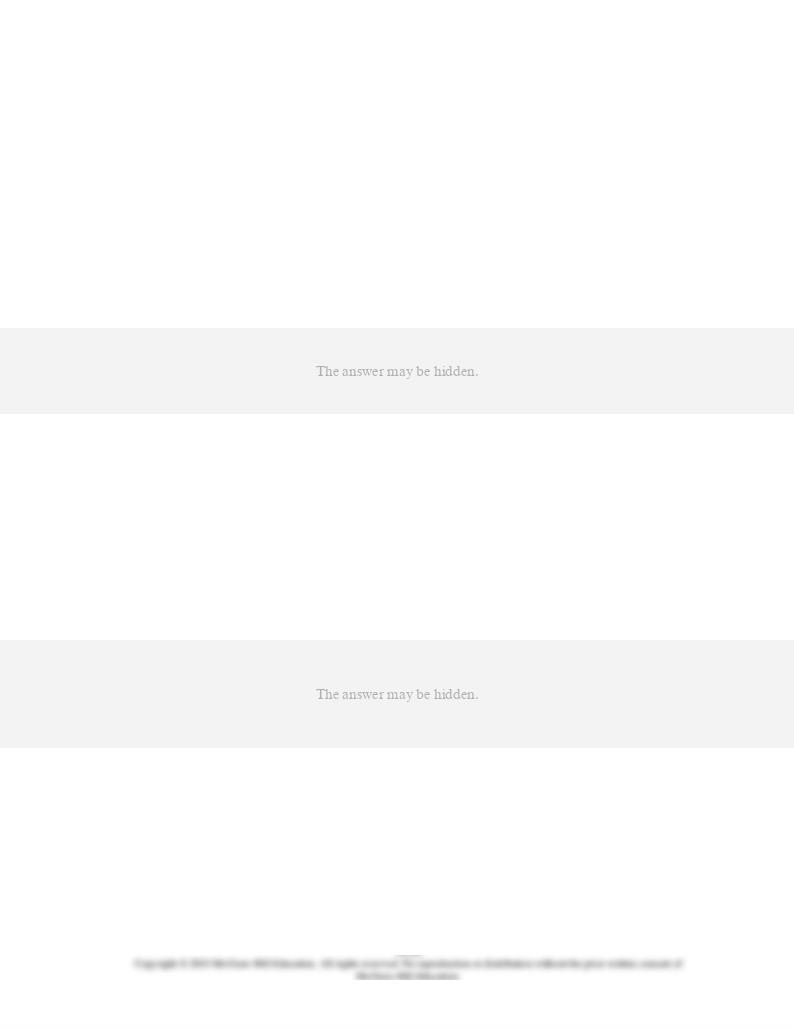
Chapter 39 The Balance of Payments, Exchange Rates, and Trade
Deficits Answer Key
Multiple Choice Questions
1.
International transactions fall into what two broad categories?
AACSB: Reflective Thinking
Accessibility: Keyboard Navigation
Blooms: Remember
Difficulty: 1 Easy
Learning Objective: 39-01 Explain how currencies of different nations are exchanged when international transactions take
place.
Topic: International financial transactions
2.
"International trade" refers to:
AACSB: Analytic
Accessibility: Keyboard Navigation
Blooms: Remember
Difficulty: 1 Easy
Learning Objective: 39-01 Explain how currencies of different nations are exchanged when international transactions take
place.
Topic: International financial transactions

3.
If a U.S. importer can purchase 10,000 British pounds for $20,000, the rate of exchange is:
AACSB: Analytic
Accessibility: Keyboard Navigation
Blooms: Apply
Difficulty: 2 Medium
Learning Objective: 39-01 Explain how currencies of different nations are exchanged when international transactions take
place.
Topic: International financial transactions
4.
In international financial transactions, what are the only two things that individuals and
firms can exchange?
AACSB: Analytic
Accessibility: Keyboard Navigation
Blooms: Remember
Difficulty: 1 Easy
Learning Objective: 39-01 Explain how currencies of different nations are exchanged when international transactions take
place.
Topic: International financial transactions
5.
Which of the following would call for inpayments to the United States?
AACSB: Reflective Thinking
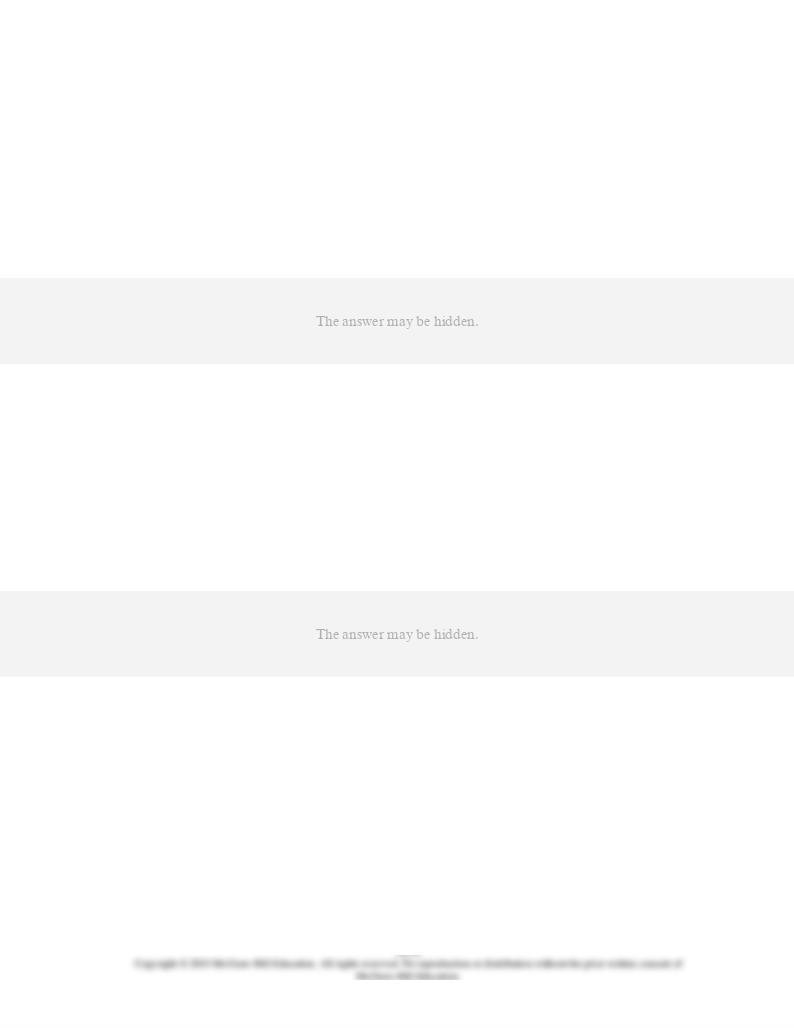
Accessibility: Keyboard Navigation
Blooms: Apply
Difficulty: 2 Medium
Learning Objective: 39-02 Analyze the balance sheet the United States uses to account for the international payments it
makes and receives.
Topic: Balance of payments
6.
Which of the following would call for outpayments from the United States?
AACSB: Reflective Thinking
Accessibility: Keyboard Navigation
Blooms: Apply
Difficulty: 2 Medium
Learning Objective: 39-02 Analyze the balance sheet the United States uses to account for the international payments it
makes and receives.
Topic: Balance of payments
7.
The current account section in a nation's balance of payments includes:
AACSB: Reflective Thinking
Accessibility: Keyboard Navigation
Blooms: Remember
Difficulty: 1 Easy
Learning Objective: 39-02 Analyze the balance sheet the United States uses to account for the international payments it
makes and receives.
Topic: Balance of payments
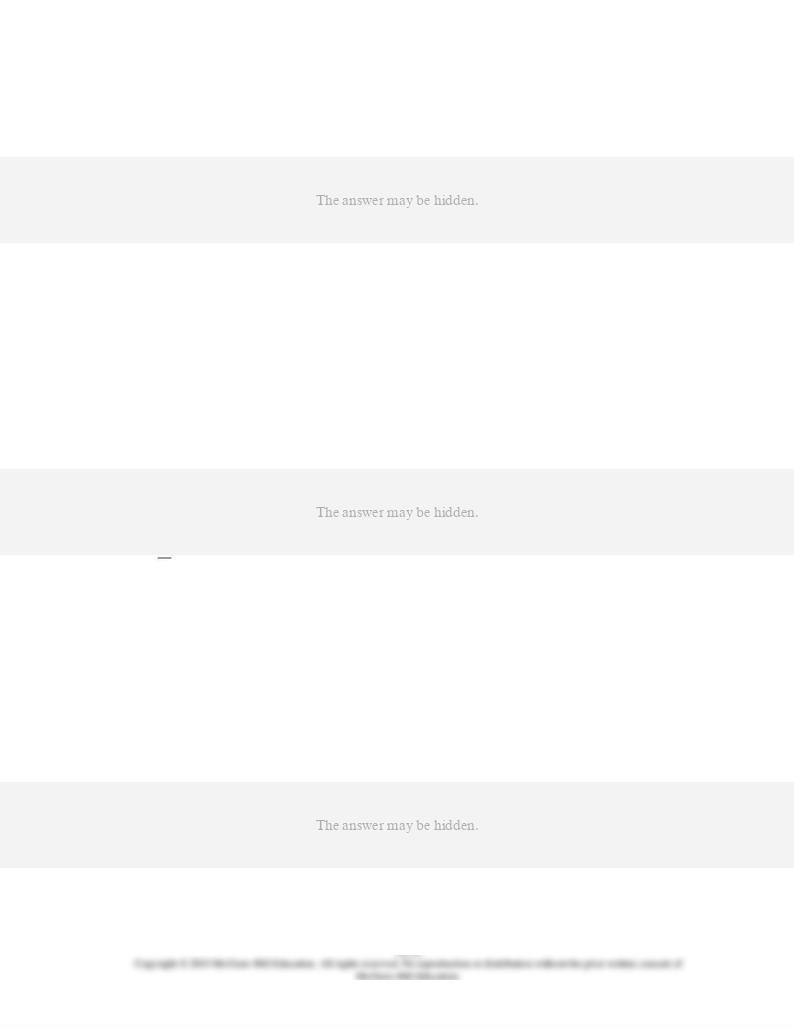
8.
A nation's capital and financial account:
AACSB: Reflective Thinking
Accessibility: Keyboard Navigation
Blooms: Remember
Difficulty: 1 Easy
Learning Objective: 39-02 Analyze the balance sheet the United States uses to account for the international payments it
makes and receives.
Topic: Balance of payments
9.
In 2012, the capital account in the U.S. balance of payments was in:
AACSB: Analytic
Accessibility: Keyboard Navigation
Blooms: Remember
Difficulty: 1 Easy
Learning Objective: 39-02 Analyze the balance sheet the United States uses to account for the international payments it
makes and receives.
Topic: Balance of payments
10.
In 2012, the capital and financial account in the U.S. balance of payments was in:
AACSB: Analytic
Accessibility: Keyboard Navigation
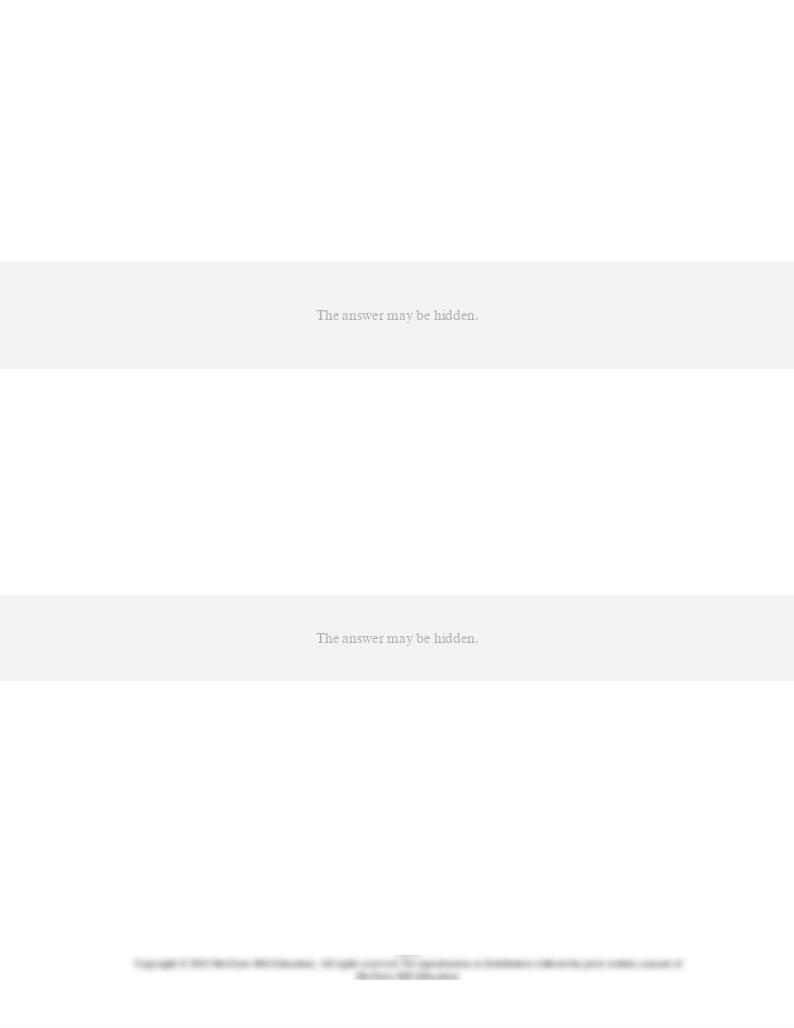
Blooms: Remember
Difficulty: 1 Easy
Learning Objective: 39-02 Analyze the balance sheet the United States uses to account for the international payments it
makes and receives.
Topic: Balance of payments
11.
The financial account balance is a nation's:
AACSB: Analytic
Accessibility: Keyboard Navigation
Blooms: Remember
Difficulty: 1 Easy
Learning Objective: 39-02 Analyze the balance sheet the United States uses to account for the international payments it
makes and receives.
Topic: Balance of payments
12.
A nation's official reserves:
AACSB: Reflective Thinking
Accessibility: Keyboard Navigation
Blooms: Remember
Difficulty: 1 Easy
Learning Objective: 39-02 Analyze the balance sheet the United States uses to account for the international payments it
makes and receives.
Topic: Balance of payments
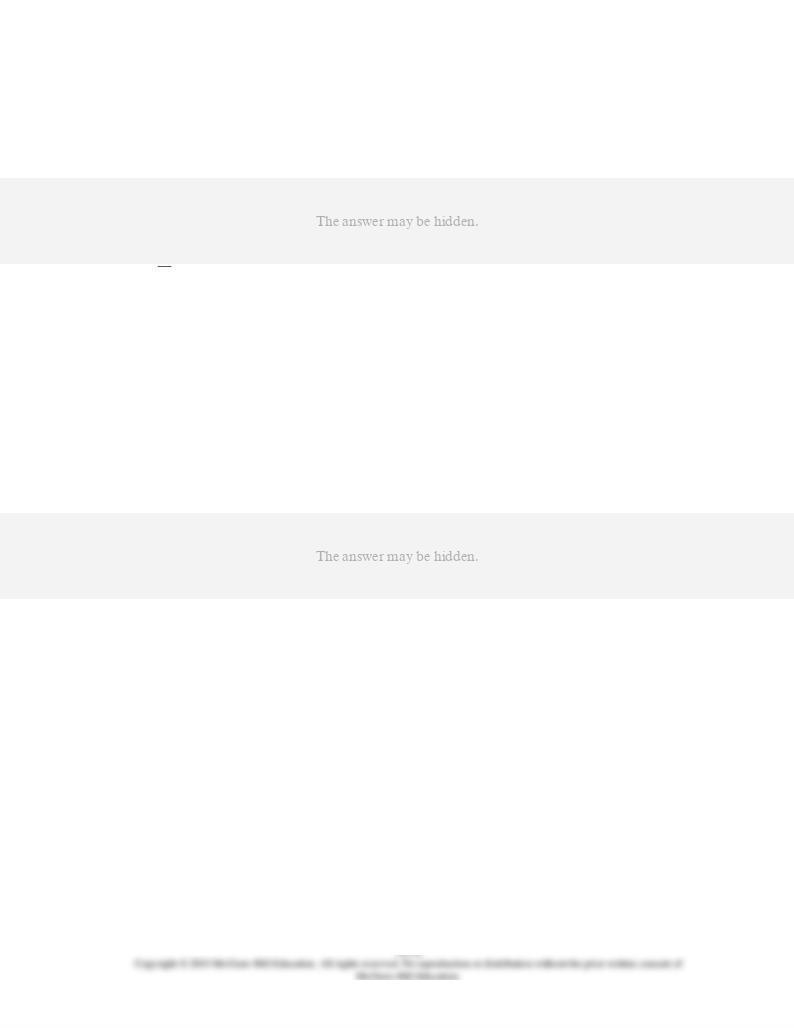
13.
If a nation has a current account surplus and it does not have to make any inpayments or
outpayments of official reserves, it must have a:
AACSB: Reflective Thinking
Accessibility: Keyboard Navigation
Blooms: Understand
Difficulty: 2 Medium
Learning Objective: 39-02 Analyze the balance sheet the United States uses to account for the international payments it
makes and receives.
Topic: Balance of payments
14.
If a nation has a current account deficit and it does not have to make any inpayments or
outpayments of official reserves, it must have a:
AACSB: Reflective Thinking
Accessibility: Keyboard Navigation
Blooms: Understand
Difficulty: 2 Medium
Learning Objective: 39-02 Analyze the balance sheet the United States uses to account for the international payments it
makes and receives.
Topic: Balance of payments
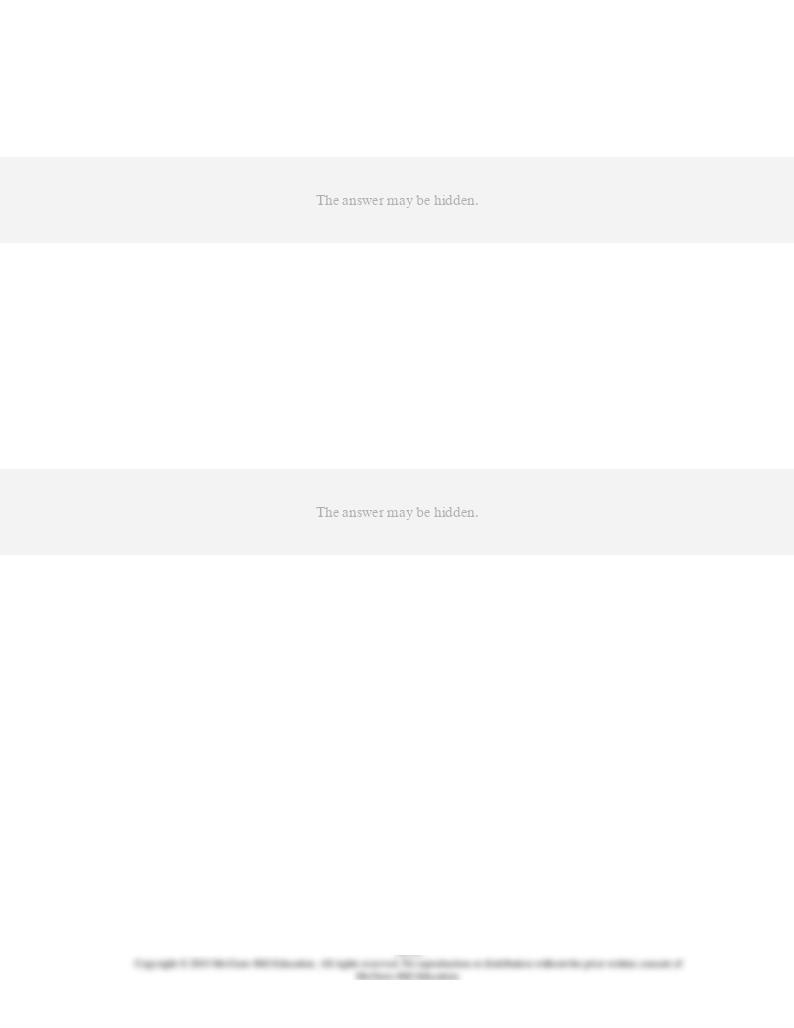
15.
In the U.S. balance of payments, foreign purchases of assets in the United States are a:
AACSB: Reflective Thinking
Accessibility: Keyboard Navigation
Blooms: Understand
Difficulty: 2 Medium
Learning Objective: 39-02 Analyze the balance sheet the United States uses to account for the international payments it
makes and receives.
Topic: Balance of payments
16.
In the U.S. balance of payments, U.S. purchases of assets abroad are a(n):
AACSB: Reflective Thinking
Accessibility: Keyboard Navigation
Blooms: Understand
Difficulty: 2 Medium
Learning Objective: 39-02 Analyze the balance sheet the United States uses to account for the international payments it
makes and receives.
Topic: Balance of payments
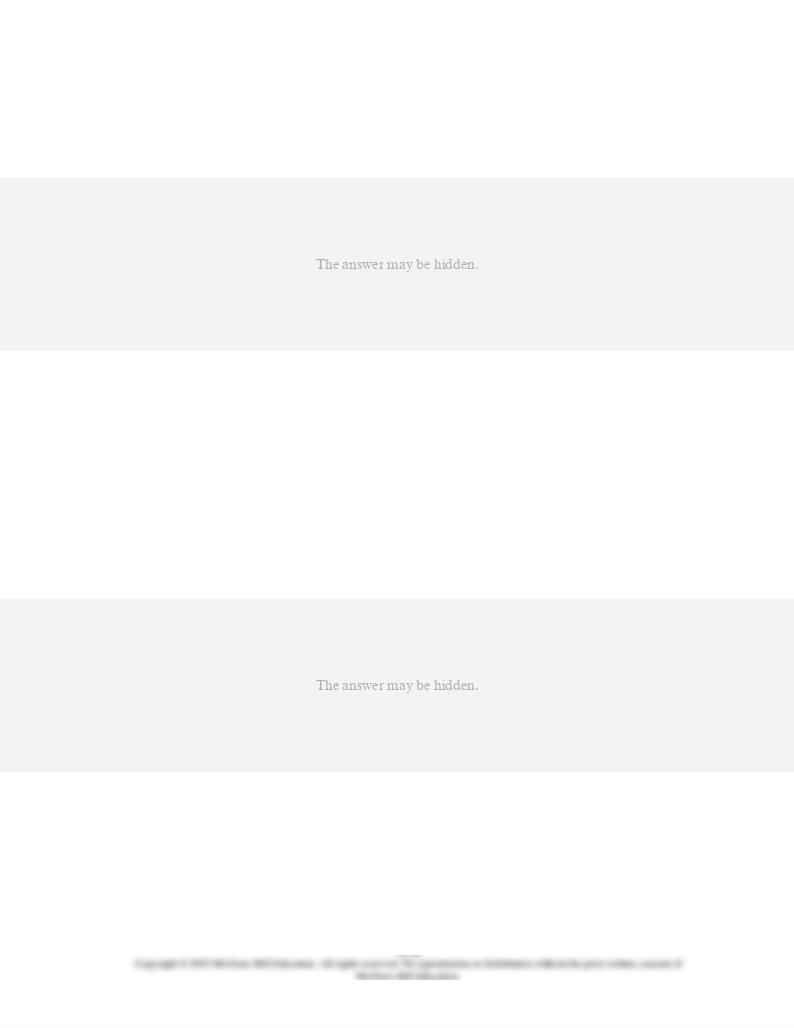
17.
Which of the following combinations is plausible, as it relates to a nation's balance of
payments?
AACSB: Analytic
Accessibility: Keyboard Navigation
Blooms: Apply
Difficulty: 2 Medium
Learning Objective: 39-02 Analyze the balance sheet the United States uses to account for the international payments it
makes and receives.
Topic: Balance of payments
18.
Which of the following combinations is plausible, as it relates to a nation's balance of
payments?
AACSB: Analytic
Accessibility: Keyboard Navigation
Blooms: Apply
Difficulty: 2 Medium
Learning Objective: 39-02 Analyze the balance sheet the United States uses to account for the international payments it
makes and receives.
Topic: Balance of payments
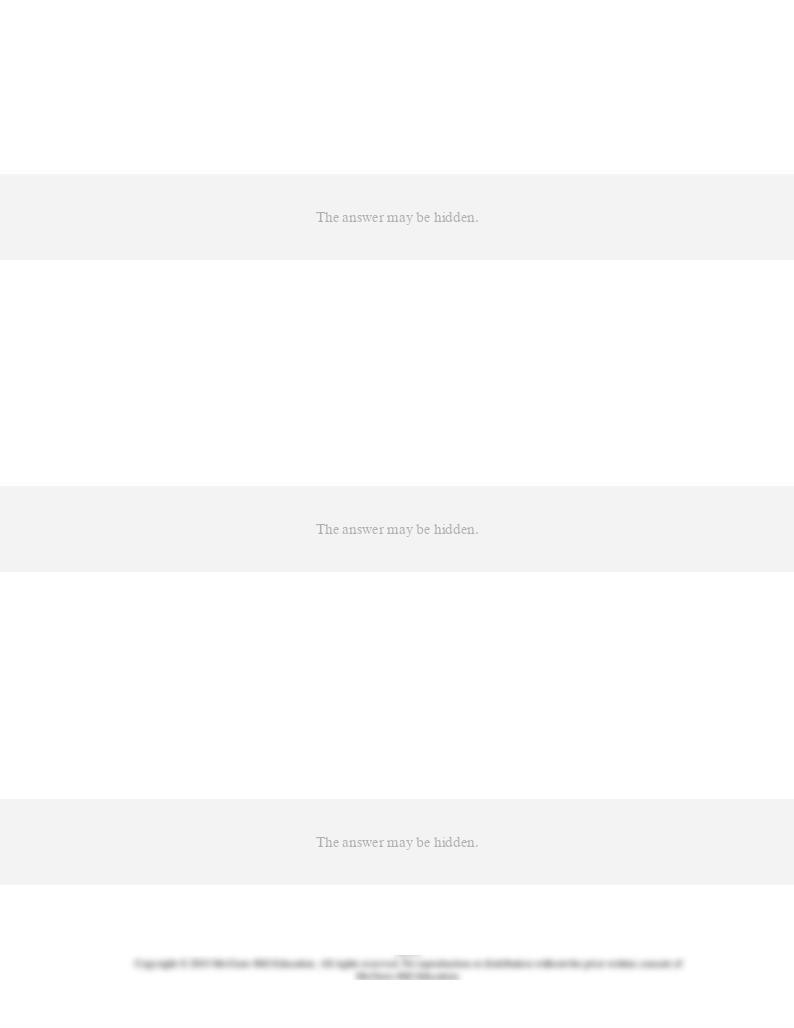
19.
There must always be a balance of a nation's:
AACSB: Reflective Thinking
Accessibility: Keyboard Navigation
Blooms: Understand
Difficulty: 2 Medium
Learning Objective: 39-02 Analyze the balance sheet the United States uses to account for the international payments it
makes and receives.
Topic: Balance of payments
20.
Which of the following would contribute to a U.S. balance of payments surplus?
AACSB: Reflective Thinking
Accessibility: Keyboard Navigation
Blooms: Apply
Difficulty: 2 Medium
Learning Objective: 39-02 Analyze the balance sheet the United States uses to account for the international payments it
makes and receives.
Topic: Balance of payments
21.
Which of the following would contribute to a U.S. balance of payments deficit?
AACSB: Reflective Thinking

Accessibility: Keyboard Navigation
Blooms: Apply
Difficulty: 2 Medium
Learning Objective: 39-02 Analyze the balance sheet the United States uses to account for the international payments it
makes and receives.
Topic: Balance of payments
22.
Evidence of a chronic balance of payments deficit is:
AACSB: Reflective Thinking
Accessibility: Keyboard Navigation
Blooms: Understand
Difficulty: 2 Medium
Learning Objective: 39-02 Analyze the balance sheet the United States uses to account for the international payments it
makes and receives.
Topic: Balance of payments
23.
The following table contains hypothetical data for the 2012 U.S. balance of payments.
Answer the question on the basis of this information. All figures are in billions of dollars.
Refer to the given data. The United States has a balance of goods:
AACSB: Analytic
Blooms: Apply
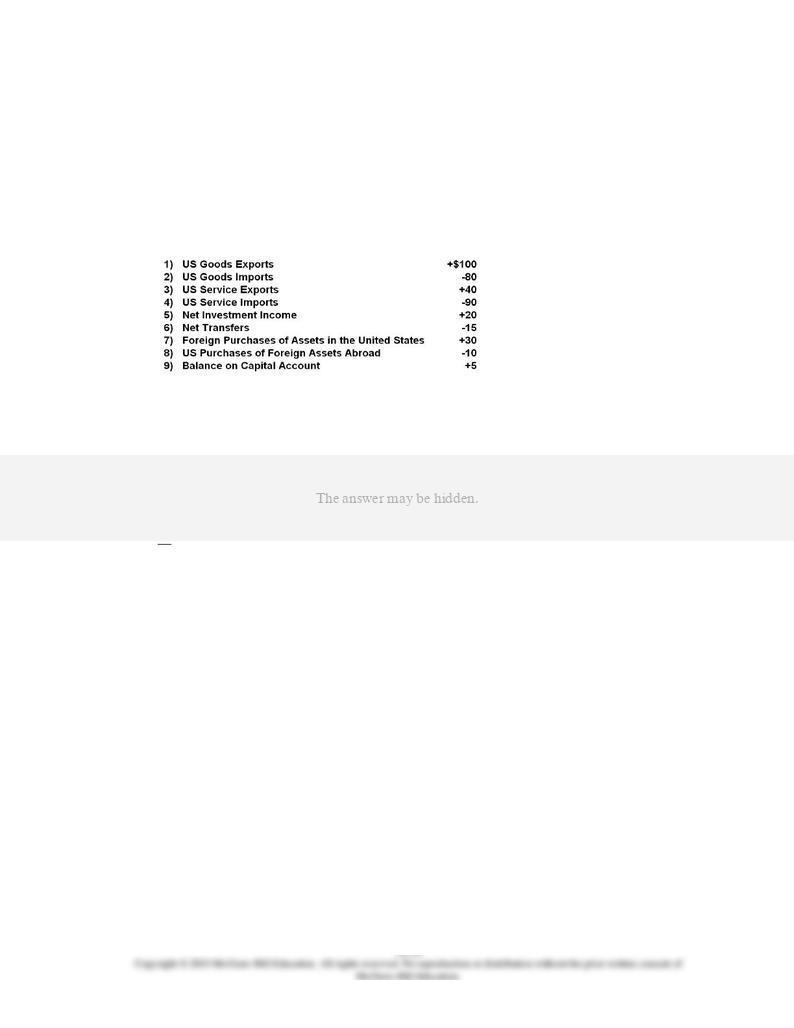
Difficulty: 2 Medium
Learning Objective: 39-02 Analyze the balance sheet the United States uses to account for the international payments it
makes and receives.
Topic: Balance of payments
Type: Table
24.
The following table contains hypothetical data for the 2012 U.S. balance of payments.
Answer the question on the basis of this information. All figures are in billions of dollars.
Refer to the given data. The U.S. balance on goods and services is a:
AACSB: Analytic
Blooms: Apply
Difficulty: 2 Medium
Learning Objective: 39-02 Analyze the balance sheet the United States uses to account for the international payments it
makes and receives.
Topic: Balance of payments
Type: Table

25.
The following table contains hypothetical data for the 2012 U.S. balance of payments.
Answer the question on the basis of this information. All figures are in billions of dollars.
Refer to the given data. The U.S. balance on current account is a:
AACSB: Analytic
Blooms: Apply
Difficulty: 2 Medium
Learning Objective: 39-02 Analyze the balance sheet the United States uses to account for the international payments it
makes and receives.
Topic: Balance of payments
Type: Table
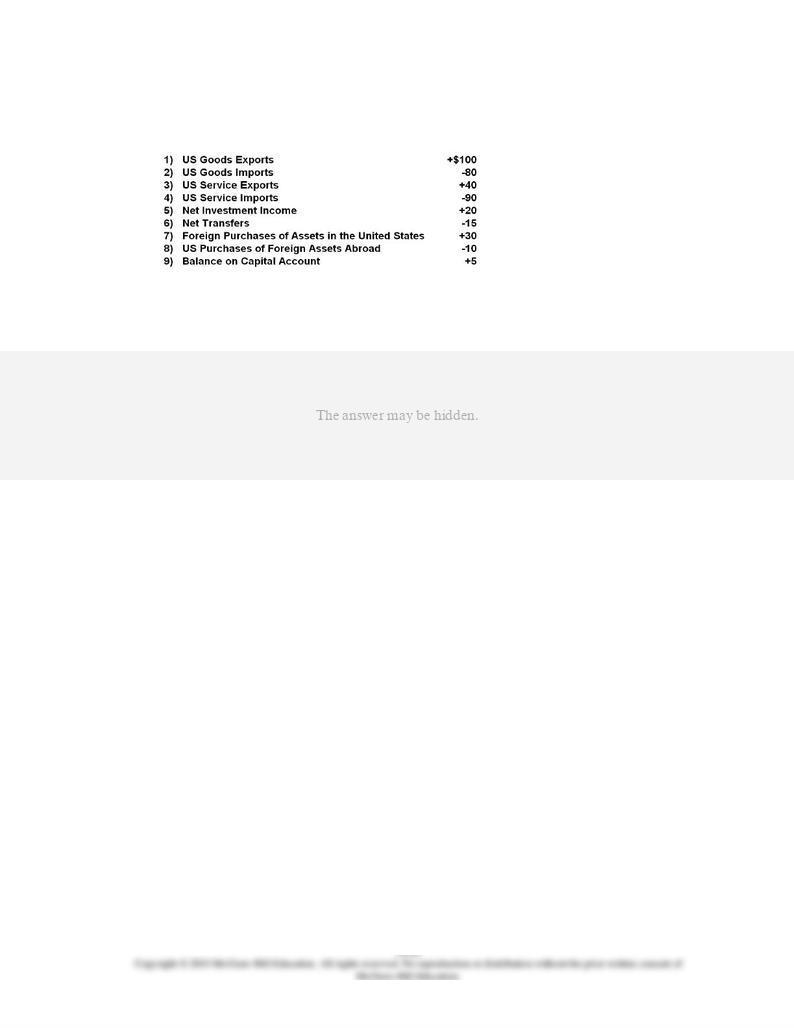
26.
The following table contains hypothetical data for the 2012 U.S. balance of payments.
Answer the question on the basis of this information. All figures are in billions of dollars.
Refer to the given data. Item (6) indicates that:
AACSB: Analytic
Blooms: Apply
Difficulty: 2 Medium
Learning Objective: 39-02 Analyze the balance sheet the United States uses to account for the international payments it
makes and receives.
Topic: Balance of payments
Type: Table

27.
The following table contains hypothetical data for the 2012 U.S. balance of payments.
Answer the question on the basis of this information. All figures are in billions of dollars.
2012.
C.
the net amount Americans received as interest and dividends on existing U.S.
AACSB: Analytic
Blooms: Apply
Difficulty: 2 Medium
Learning Objective: 39-02 Analyze the balance sheet the United States uses to account for the international payments it
makes and receives.
Topic: Balance of payments
Type: Table
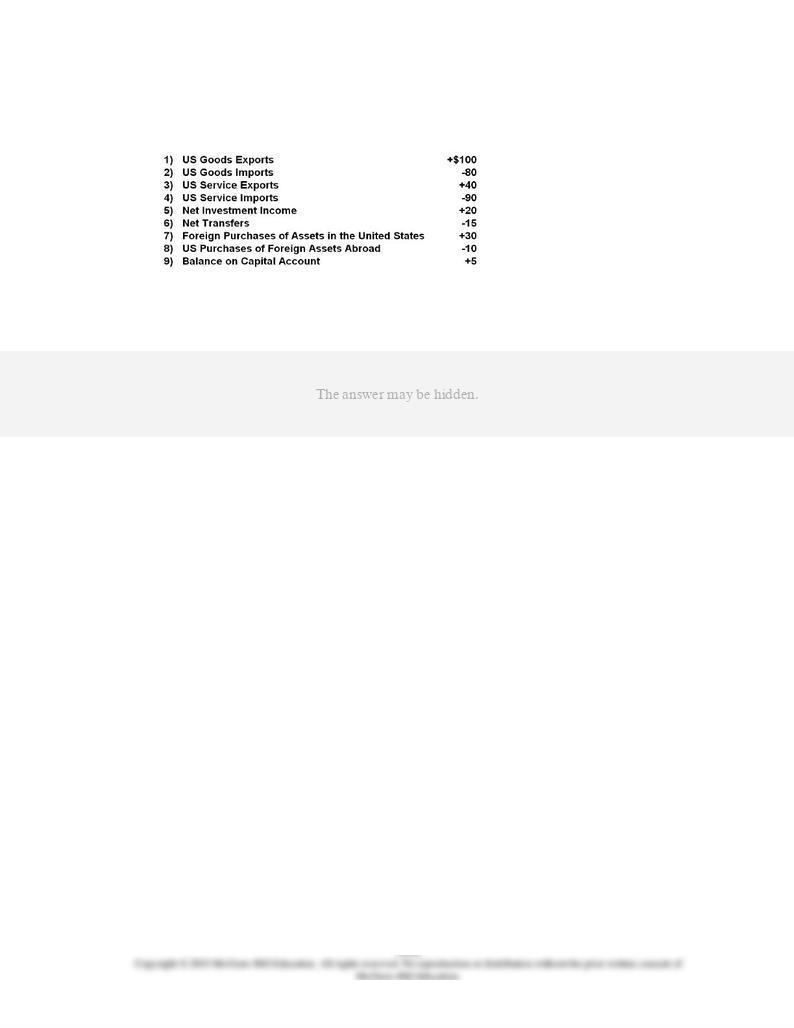
28.
The following table contains hypothetical data for the 2012 U.S. balance of payments.
Answer the question on the basis of this information. All figures are in billions of dollars.
Refer to the given data. The United States' balance on financial account is a:
AACSB: Analytic
Blooms: Apply
Difficulty: 2 Medium
Learning Objective: 39-02 Analyze the balance sheet the United States uses to account for the international payments it
makes and receives.
Topic: Balance of payments
Type: Table
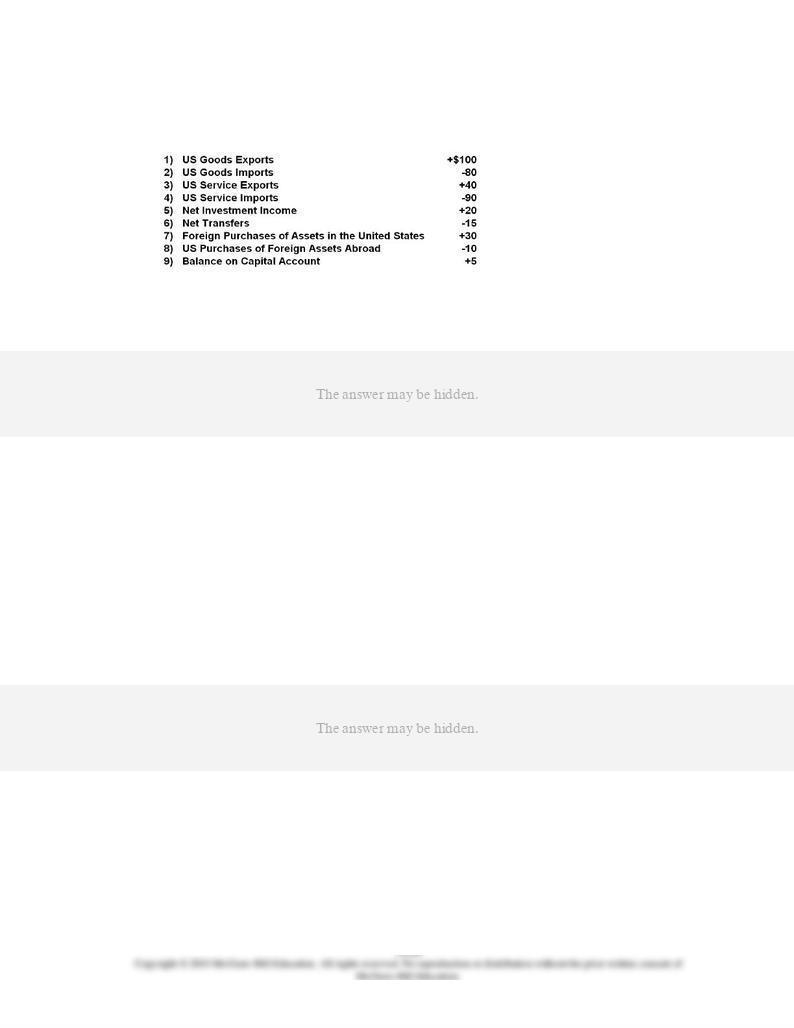
29.
The following table contains hypothetical data for the 2012 U.S. balance of payments.
Answer the question on the basis of this information. All figures are in billions of dollars.
Refer to the given data. The United States' balance of capital and financial account is a:
AACSB: Analytic
Blooms: Apply
Difficulty: 2 Medium
Learning Objective: 39-02 Analyze the balance sheet the United States uses to account for the international payments it
makes and receives.
Topic: Balance of payments
Type: Table
30.
If a nation's goods exports are $55 billion, while its goods imports are $50 billion, we can
conclude with certainty that this nation has a:
AACSB: Analytic
Accessibility: Keyboard Navigation
Blooms: Apply
Difficulty: 2 Medium
Learning Objective: 39-02 Analyze the balance sheet the United States uses to account for the international payments it
makes and receives.
Topic: Balance of payments
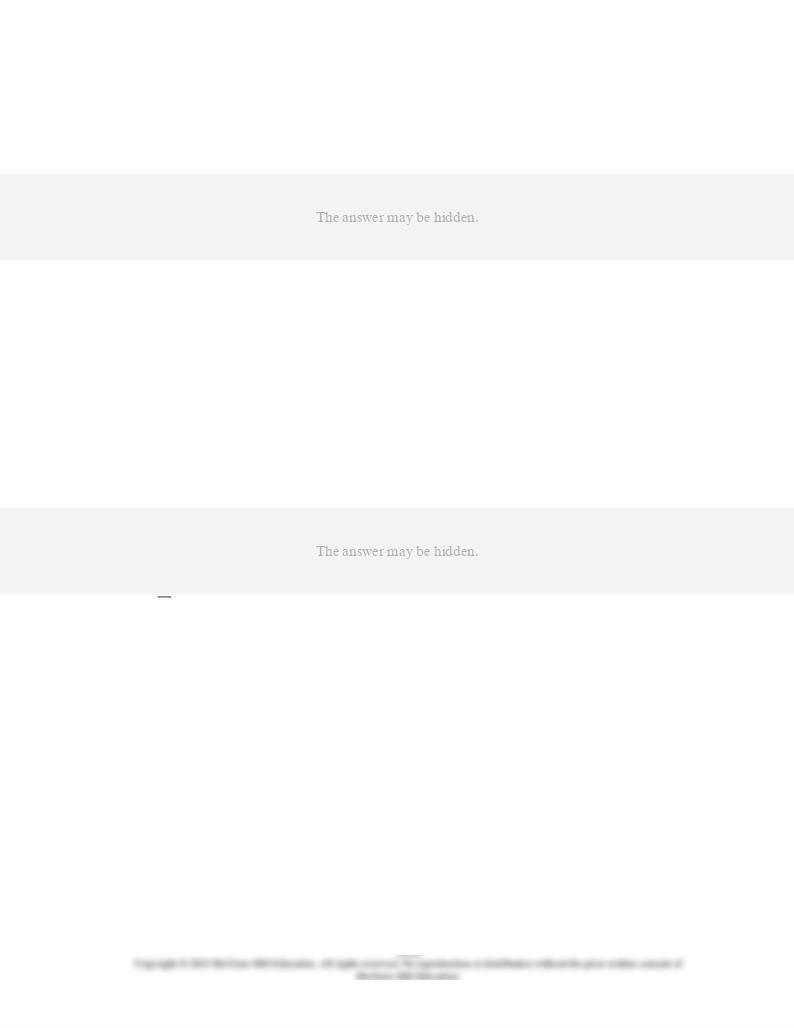
31.
It may be misleading to label a trade deficit as unfavorable or adverse because:
AACSB: Reflective Thinking
Accessibility: Keyboard Navigation
Blooms: Understand
Difficulty: 2 Medium
Learning Objective: 39-02 Analyze the balance sheet the United States uses to account for the international payments it
makes and receives.
Topic: Balance of payments
32.
Which of the following is
not
included in the current account of a nation's balance of
payments?
AACSB: Reflective Thinking
Accessibility: Keyboard Navigation
Blooms: Remember
Difficulty: 1 Easy
Learning Objective: 39-02 Analyze the balance sheet the United States uses to account for the international payments it
makes and receives.
Topic: Balance of payments

33.
A deficit on the current account:
AACSB: Reflective Thinking
Accessibility: Keyboard Navigation
Blooms: Understand
Difficulty: 2 Medium
Learning Objective: 39-02 Analyze the balance sheet the United States uses to account for the international payments it
makes and receives.
Topic: Balance of payments
34.
Answer the question on the basis of the following 2012 balance of payments data (+ and -
) for the hypothetical nation of Zabella. All figures are in billions of dollars.
Refer to the given data. Zabella has a balance of trade (goods):
AACSB: Analytic
Blooms: Apply
Difficulty: 2 Medium
Learning Objective: 39-02 Analyze the balance sheet the United States uses to account for the international payments it
makes and receives.
Topic: Balance of payments

Type: Table
35.
Answer the question on the basis of the following 2012 balance of payments data (+ and -
) for the hypothetical nation of Zabella. All figures are in billions of dollars.
Refer to the given data. Zabella's balance on goods and services shows a:
AACSB: Analytic
Blooms: Apply
Difficulty: 2 Medium
Learning Objective: 39-02 Analyze the balance sheet the United States uses to account for the international payments it
makes and receives.
Topic: Balance of payments
Type: Table
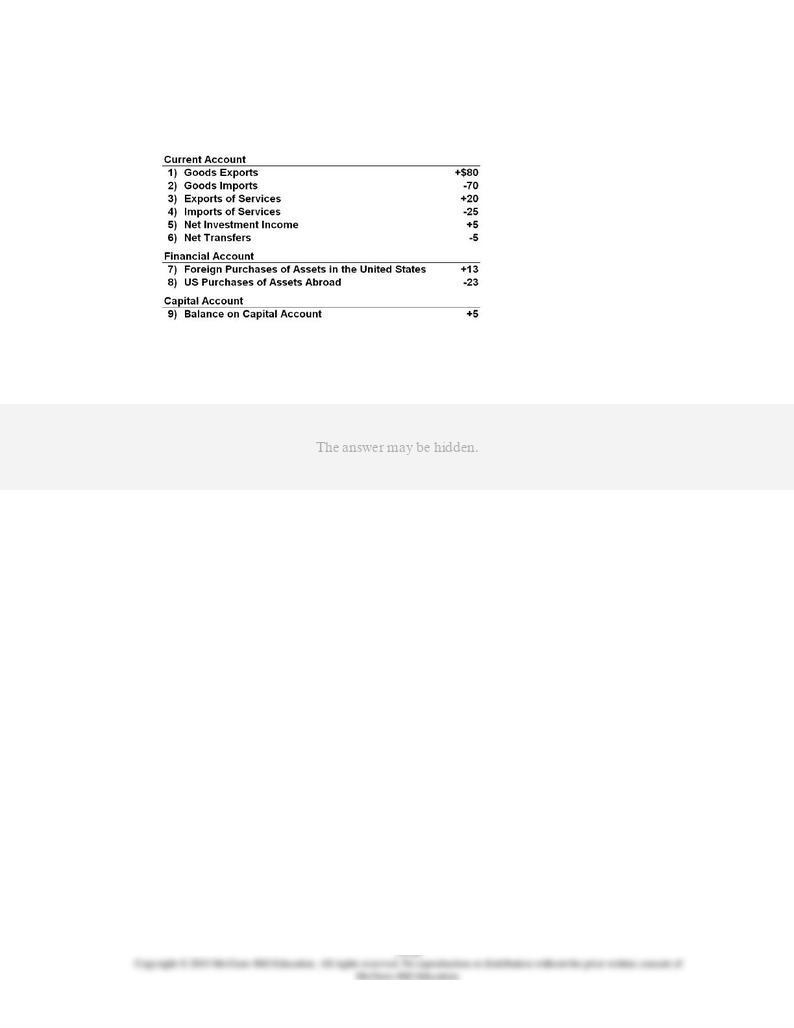
36.
Answer the question on the basis of the following 2012 balance of payments data (+ and -
) for the hypothetical nation of Zabella. All figures are in billions of dollars.
Refer to the given data. Zabella's balance on financial account shows a:
AACSB: Analytic
Blooms: Apply
Difficulty: 2 Medium
Learning Objective: 39-02 Analyze the balance sheet the United States uses to account for the international payments it
makes and receives.
Topic: Balance of payments
Type: Table

37.
Answer the question on the basis of the following 2012 balance of payments data (+ and -
) for the hypothetical nation of Zabella. All figures are in billions of dollars.
Refer to the given data. Zabella's balance on capital and financial account shows a:
AACSB: Analytic
Blooms: Apply
Difficulty: 2 Medium
Learning Objective: 39-02 Analyze the balance sheet the United States uses to account for the international payments it
makes and receives.
Topic: Balance of payments
Type: Table
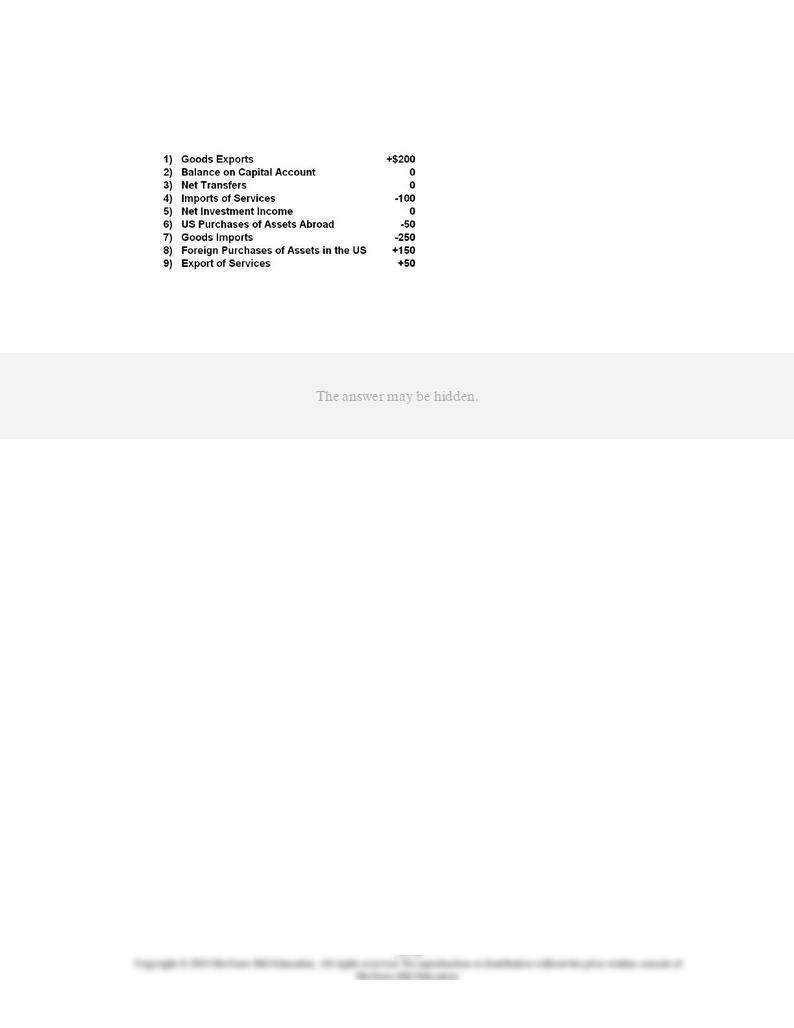
38.
The plus items below are "export-type" entries and the minus items are "import-type"
entries in the balance of payments for the hypothetical country of Zippo.
Refer to the given information. The current account items for Zippo are:
AACSB: Analytic
Blooms: Remember
Difficulty: 1 Easy
Learning Objective: 39-02 Analyze the balance sheet the United States uses to account for the international payments it
makes and receives.
Topic: Balance of payments
Type: Table
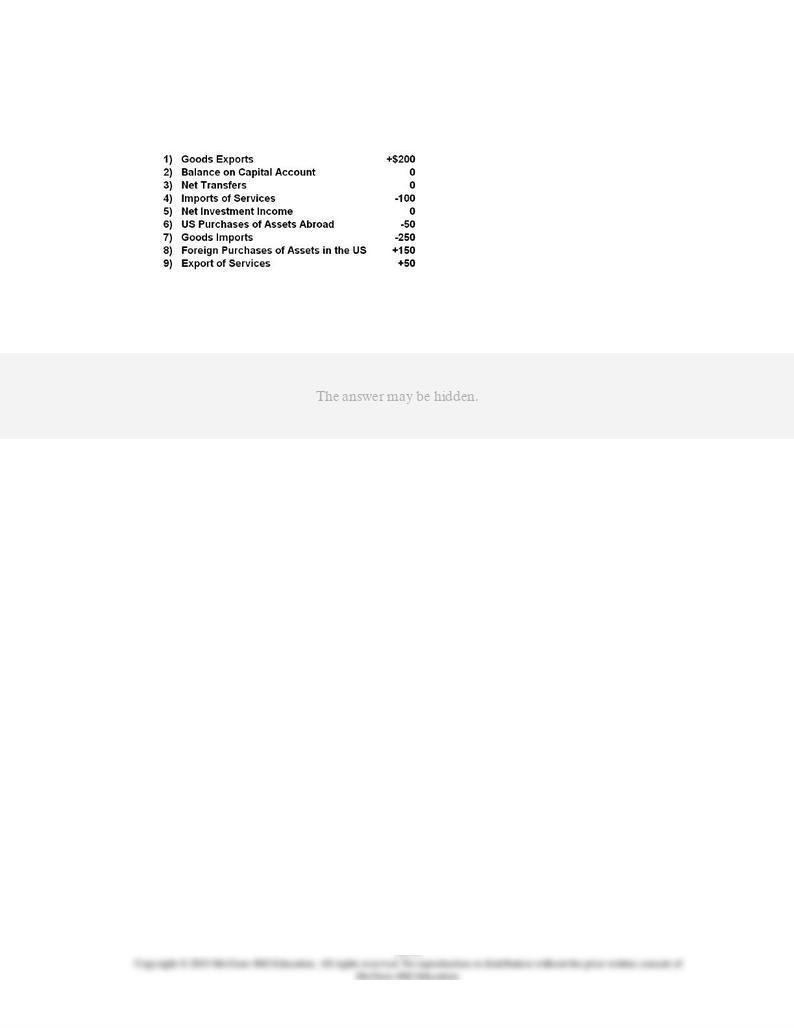
39.
The plus items below are "export-type" entries and the minus items are "import-type"
entries in the balance of payments for the hypothetical country of Zippo.
Refer to the given information. The financial account items for Zippo are:
AACSB: Analytic
Blooms: Remember
Difficulty: 1 Easy
Learning Objective: 39-02 Analyze the balance sheet the United States uses to account for the international payments it
makes and receives.
Topic: Balance of payments
Type: Table
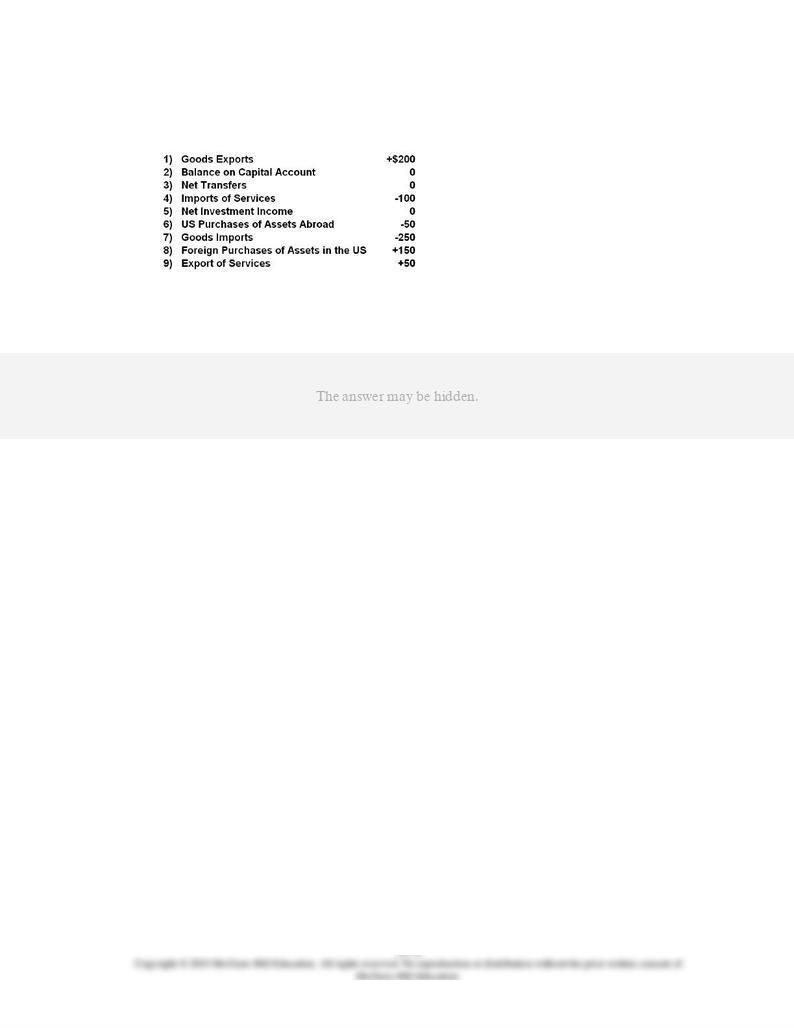
40.
The plus items below are "export-type" entries and the minus items are "import-type"
entries in the balance of payments for the hypothetical country of Zippo.
Refer to the given information. Zippo has a:
AACSB: Analytic
Blooms: Apply
Difficulty: 2 Medium
Learning Objective: 39-02 Analyze the balance sheet the United States uses to account for the international payments it
makes and receives.
Topic: Balance of payments
Type: Table
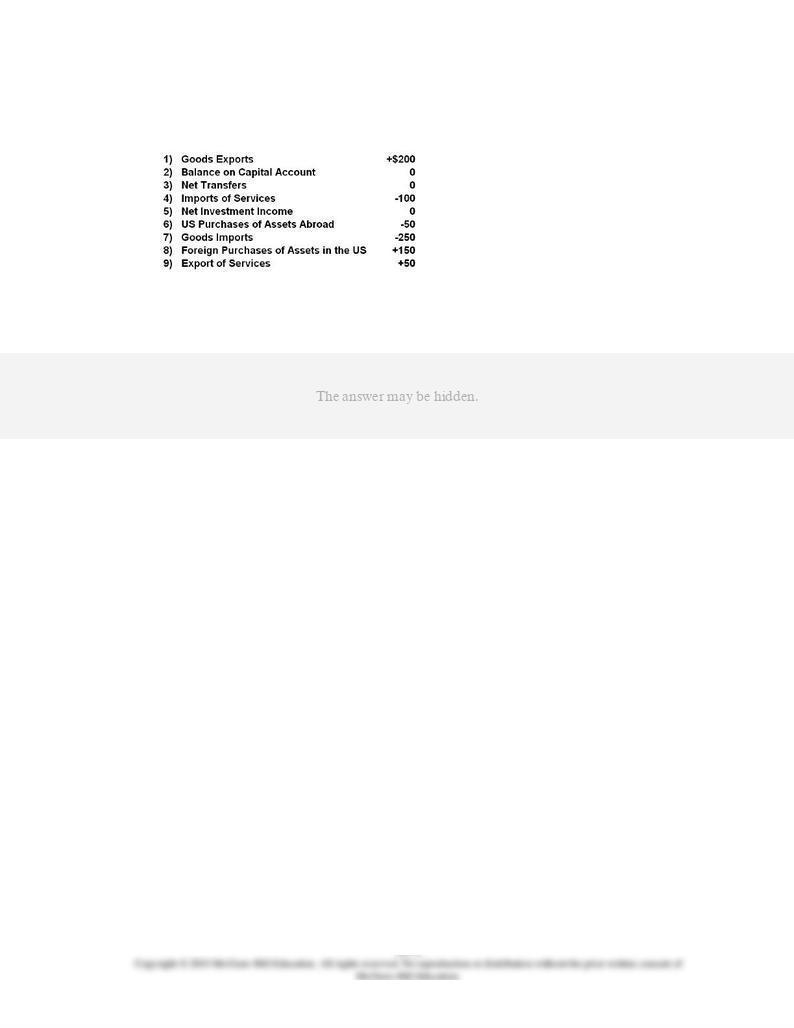
41.
The plus items below are "export-type" entries and the minus items are "import-type"
entries in the balance of payments for the hypothetical country of Zippo.
Refer to the given information. Zippo has a:
AACSB: Analytic
Blooms: Apply
Difficulty: 2 Medium
Learning Objective: 39-02 Analyze the balance sheet the United States uses to account for the international payments it
makes and receives.
Topic: Balance of payments
Type: Table
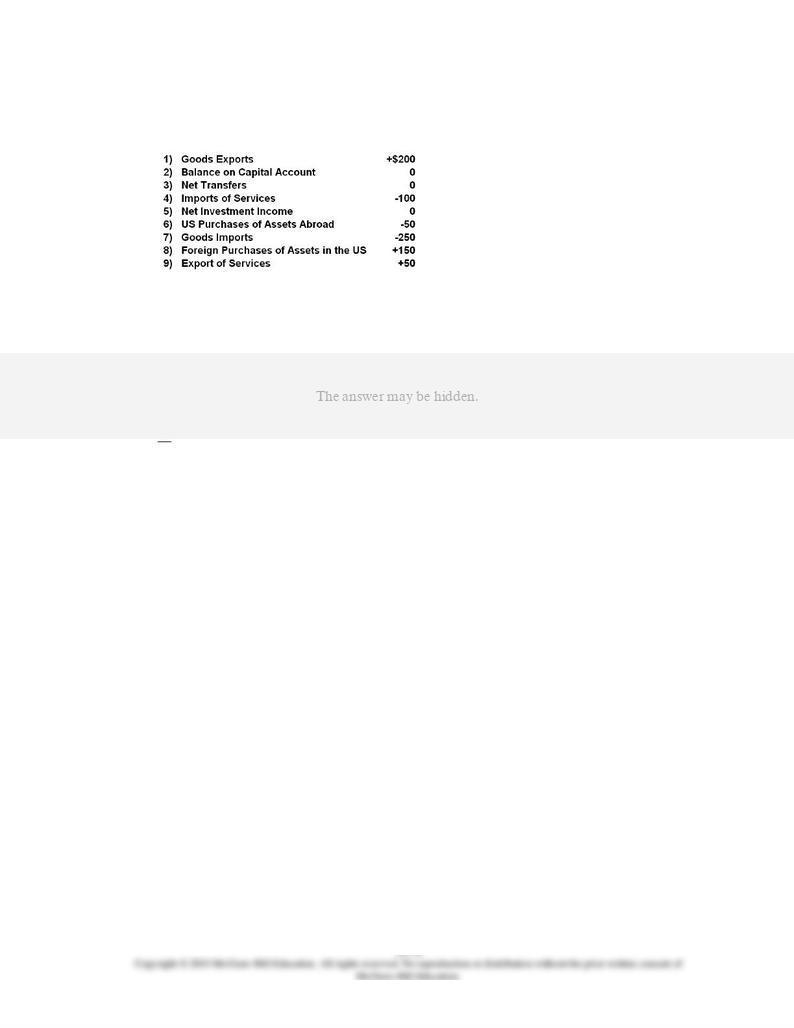
42.
The plus items below are "export-type" entries and the minus items are "import-type"
entries in the balance of payments for the hypothetical country of Zippo.
Refer to the given information. Zippo has:
AACSB: Analytic
Blooms: Apply
Difficulty: 2 Medium
Learning Objective: 39-02 Analyze the balance sheet the United States uses to account for the international payments it
makes and receives.
Topic: Balance of payments
Type: Table
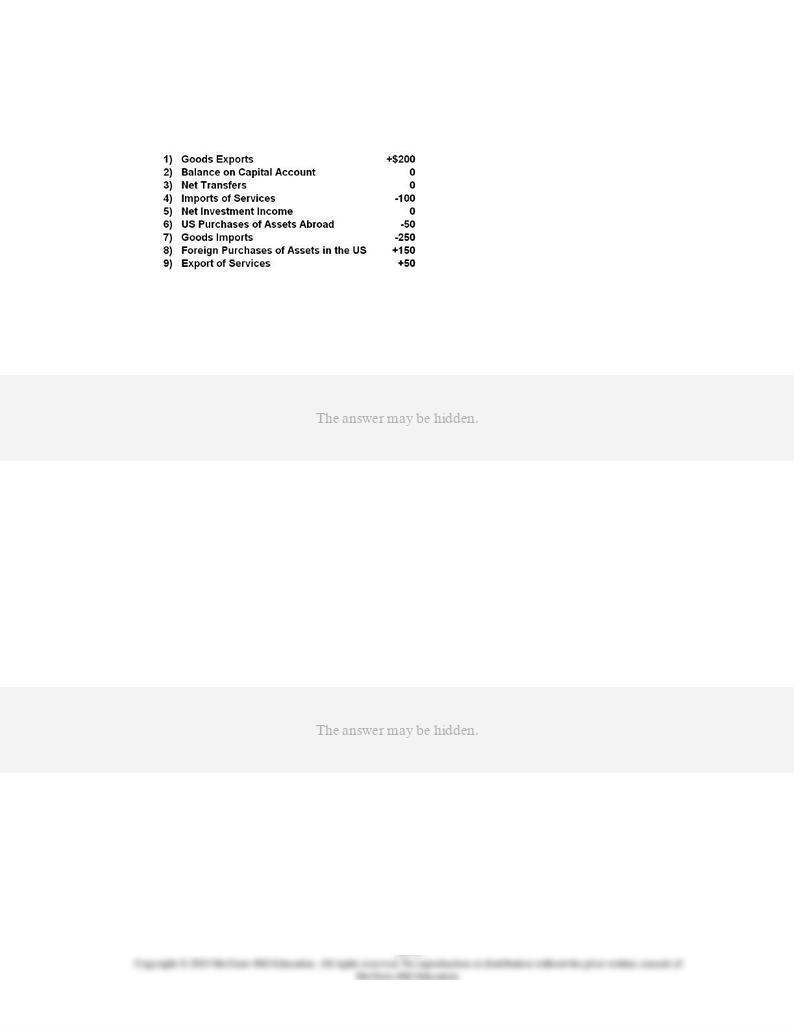
43.
The plus items below are "export-type" entries and the minus items are "import-type"
entries in the balance of payments for the hypothetical country of Zippo.
Refer to the given information. On the basis of its balance of payments position, and other
things equal, we can expect the international value of Zippo's currency to:
AACSB: Analytic
Blooms: Analyze
Difficulty: 3 Hard
Learning Objective: 39-02 Analyze the balance sheet the United States uses to account for the international payments it
makes and receives.
Topic: Balance of payments
Type: Table
44.
In the balance of payments of the United States, U.S. goods imports are recorded as a:
AACSB: Reflective Thinking
Accessibility: Keyboard Navigation
Blooms: Understand
Difficulty: 2 Medium
Learning Objective: 39-02 Analyze the balance sheet the United States uses to account for the international payments it
makes and receives.
Topic: Balance of payments
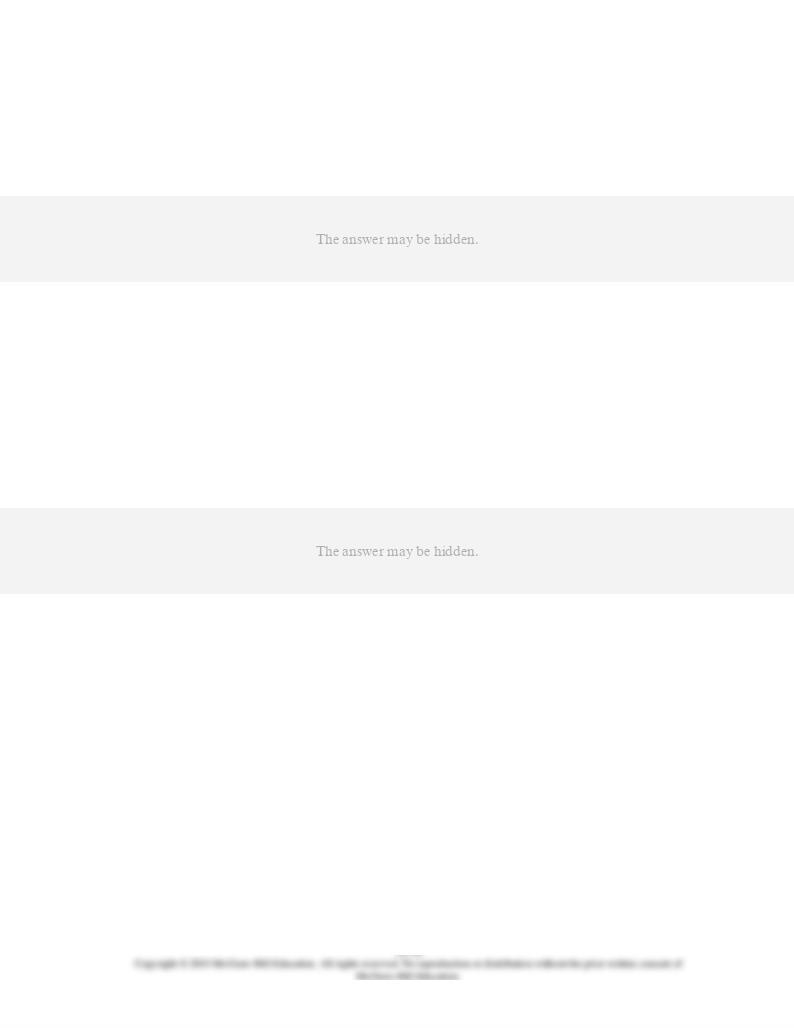
45.
In the balance of payments of the United States, inflows of foreign currencies to the
United States are recorded as:
AACSB: Reflective Thinking
Accessibility: Keyboard Navigation
Blooms: Understand
Difficulty: 2 Medium
Learning Objective: 39-02 Analyze the balance sheet the United States uses to account for the international payments it
makes and receives.
Topic: Balance of payments
46.
Which one of the following will
not
directly affect the U.S. balance on current account?
AACSB: Reflective Thinking
Accessibility: Keyboard Navigation
Blooms: Understand
Difficulty: 2 Medium
Learning Objective: 39-02 Analyze the balance sheet the United States uses to account for the international payments it
makes and receives.
Topic: Balance of payments

47.
Which one of the following, other things equal, will directly alter the U.S. balance of trade?
AACSB: Reflective Thinking
Accessibility: Keyboard Navigation
Blooms: Understand
Difficulty: 2 Medium
Learning Objective: 39-02 Analyze the balance sheet the United States uses to account for the international payments it
makes and receives.
Topic: Balance of payments
48.
In a nation's balance of payments, which one of the following items is always recorded as
a positive entry?
AACSB: Reflective Thinking
Accessibility: Keyboard Navigation
Blooms: Understand
Difficulty: 2 Medium
Learning Objective: 39-02 Analyze the balance sheet the United States uses to account for the international payments it
makes and receives.
Topic: Balance of payments
49.
In 2012, the United States' balance on goods was about:
AACSB: Analytic
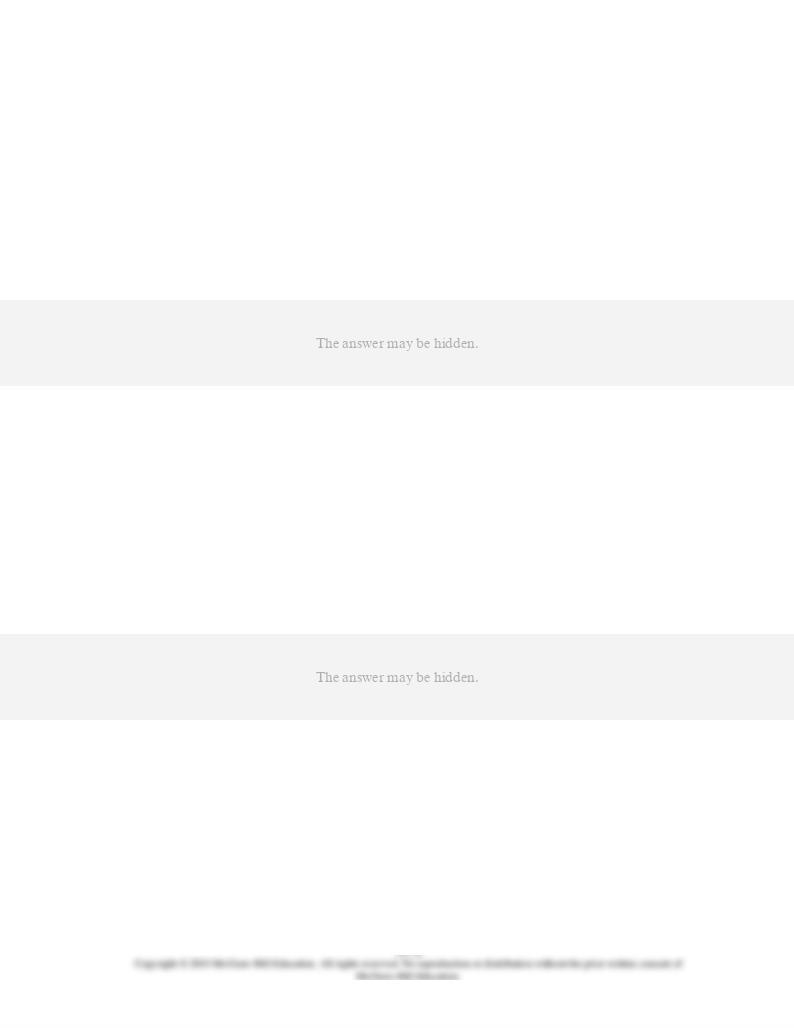
Accessibility: Keyboard Navigation
Blooms: Remember
Difficulty: 1 Easy
Learning Objective: 39-02 Analyze the balance sheet the United States uses to account for the international payments it
makes and receives.
Topic: Balance of payments
50.
Suppose the balance on the financial account is +$200 billion and the balance on the
capital account is +$2 billion. The size of the current account is:
AACSB: Analytic
Accessibility: Keyboard Navigation
Blooms: Apply
Difficulty: 2 Medium
Learning Objective: 39-02 Analyze the balance sheet the United States uses to account for the international payments it
makes and receives.
Topic: Balance of payments
51.
Suppose the balance on the financial account is -$300 billion and the balance on the
capital account is +$5 billion. The size of the current account is:
AACSB: Analytic
Accessibility: Keyboard Navigation
Blooms: Apply
Difficulty: 2 Medium
Learning Objective: 39-02 Analyze the balance sheet the United States uses to account for the international payments it
makes and receives.
Topic: Balance of payments
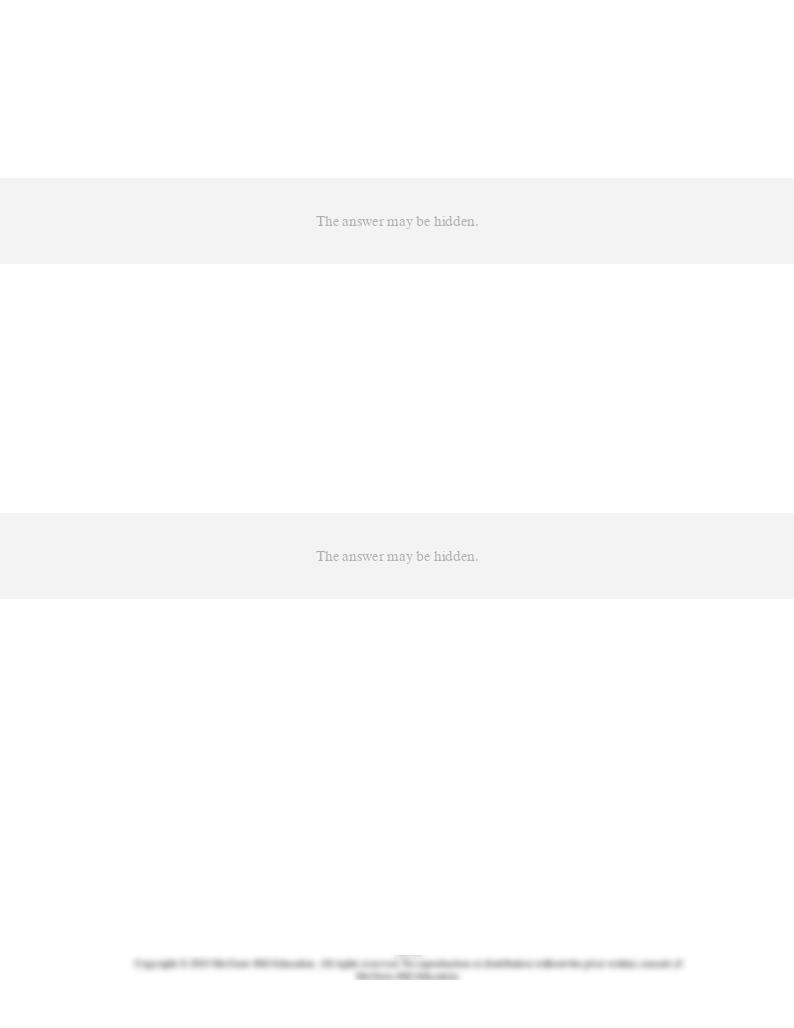
52.
Suppose the balance on the current account is +$100 billion and the balance on the
capital account is -$1 billion. The balance on the financial account is:
AACSB: Analytic
Accessibility: Keyboard Navigation
Blooms: Apply
Difficulty: 2 Medium
Learning Objective: 39-02 Analyze the balance sheet the United States uses to account for the international payments it
makes and receives.
Topic: Balance of payments
53.
Suppose the balance on the current account is +$50 billion and the balance on the capital
account is +$1 billion. The balance on the financial account is:
AACSB: Analytic
Accessibility: Keyboard Navigation
Blooms: Apply
Difficulty: 2 Medium
Learning Objective: 39-02 Analyze the balance sheet the United States uses to account for the international payments it
makes and receives.
Topic: Balance of payments
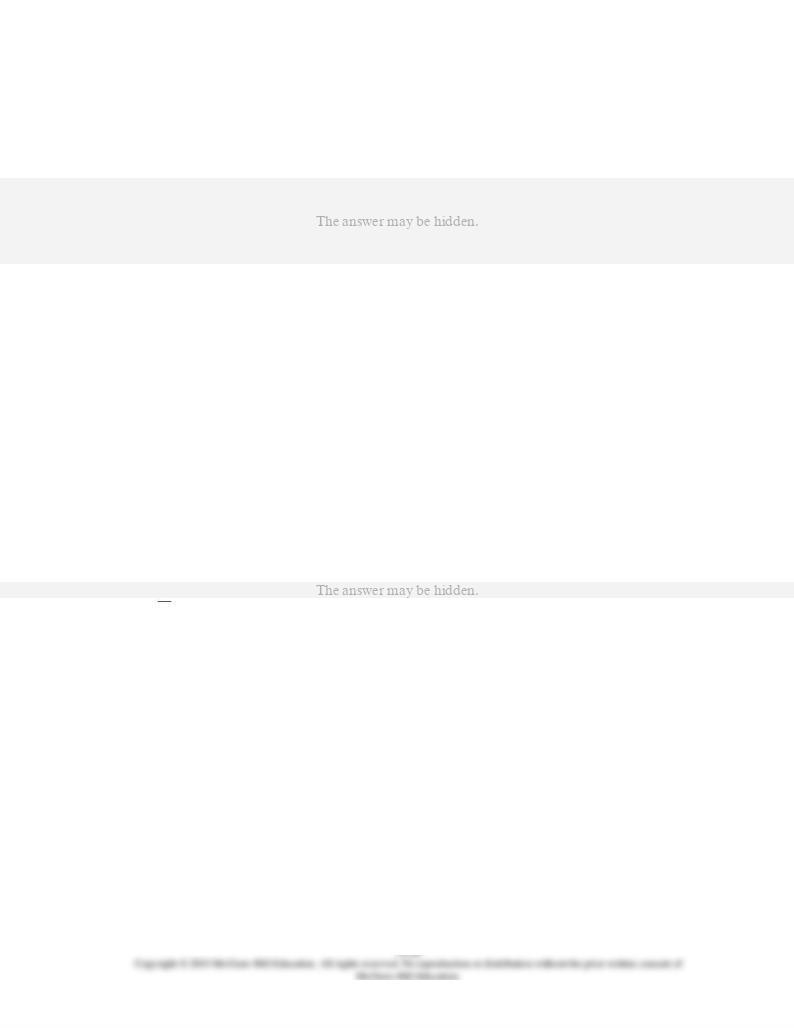
54.
In the U.S. balance of payments account for a certain year, a positive number in the
financial account means a:
AACSB: Reflective Thinking
Accessibility: Keyboard Navigation
Blooms: Understand
Difficulty: 2 Medium
Learning Objective: 39-02 Analyze the balance sheet the United States uses to account for the international payments it
makes and receives.
Topic: Balance of payments
55.
With which of the following countries does the United States have its largest goods and
services deficit?
A.
Canada.
B.
Germany.
C.
Japan.
AACSB: Analytic
Accessibility: Keyboard Navigation
Blooms: Remember
Difficulty: 1 Easy
Learning Objective: 39-02 Analyze the balance sheet the United States uses to account for the international payments it
makes and receives.
Topic: Balance of payments
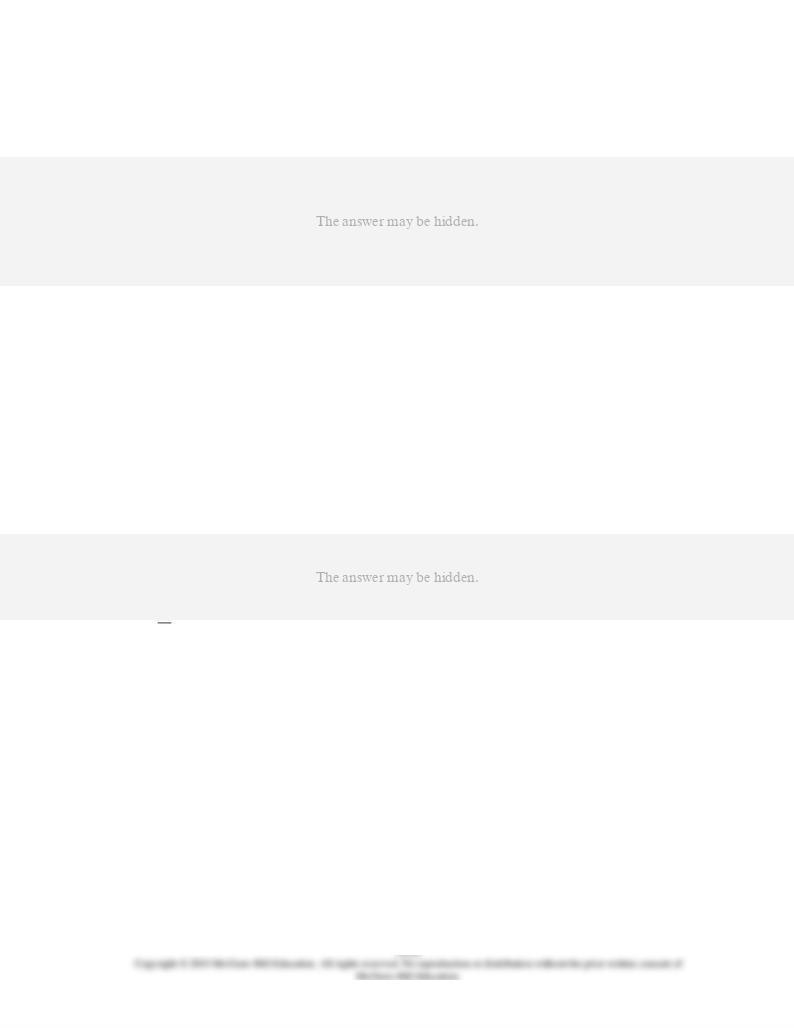
56.
A balance-of-payments deficit occurs:
AACSB: Analytic
Accessibility: Keyboard Navigation
Blooms: Remember
Difficulty: 1 Easy
Learning Objective: 39-02 Analyze the balance sheet the United States uses to account for the international payments it
makes and receives.
Topic: Balance of payments
57.
A market in which the money of one nation is exchanged for the money of another nation
is a:
AACSB: Analytic
Accessibility: Keyboard Navigation
Blooms: Remember
Difficulty: 1 Easy
Learning Objective: 39-03 Discuss how exchange rates are determined in currency markets that have flexible exchange
rates.
Topic: Flexible exchange rates
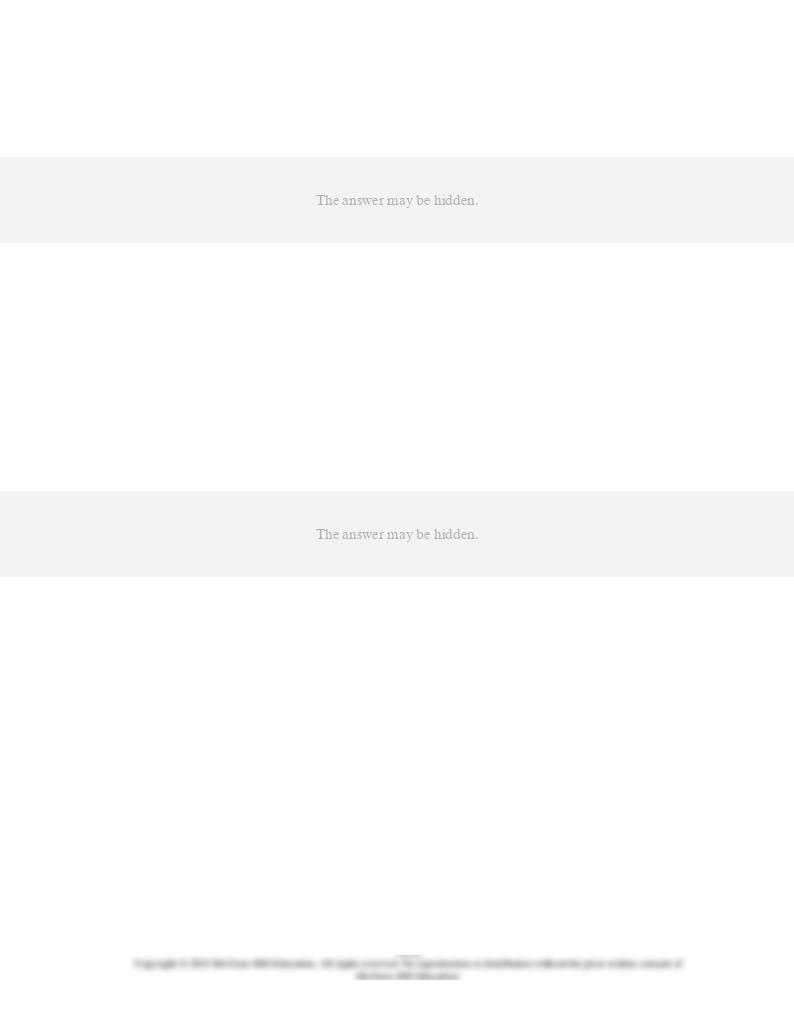
58.
If the dollar price of yen rises, then:
AACSB: Reflective Thinking
Accessibility: Keyboard Navigation
Blooms: Understand
Difficulty: 2 Medium
Learning Objective: 39-03 Discuss how exchange rates are determined in currency markets that have flexible exchange
rates.
Topic: Flexible exchange rates
59.
If the exchange rate between the U.S. dollar and the Japanese yen is $1 = 200 yen, then
the dollar price of yen is:
AACSB: Analytic
Accessibility: Keyboard Navigation
Blooms: Apply
Difficulty: 2 Medium
Learning Objective: 39-03 Discuss how exchange rates are determined in currency markets that have flexible exchange
rates.
Topic: Flexible exchange rates
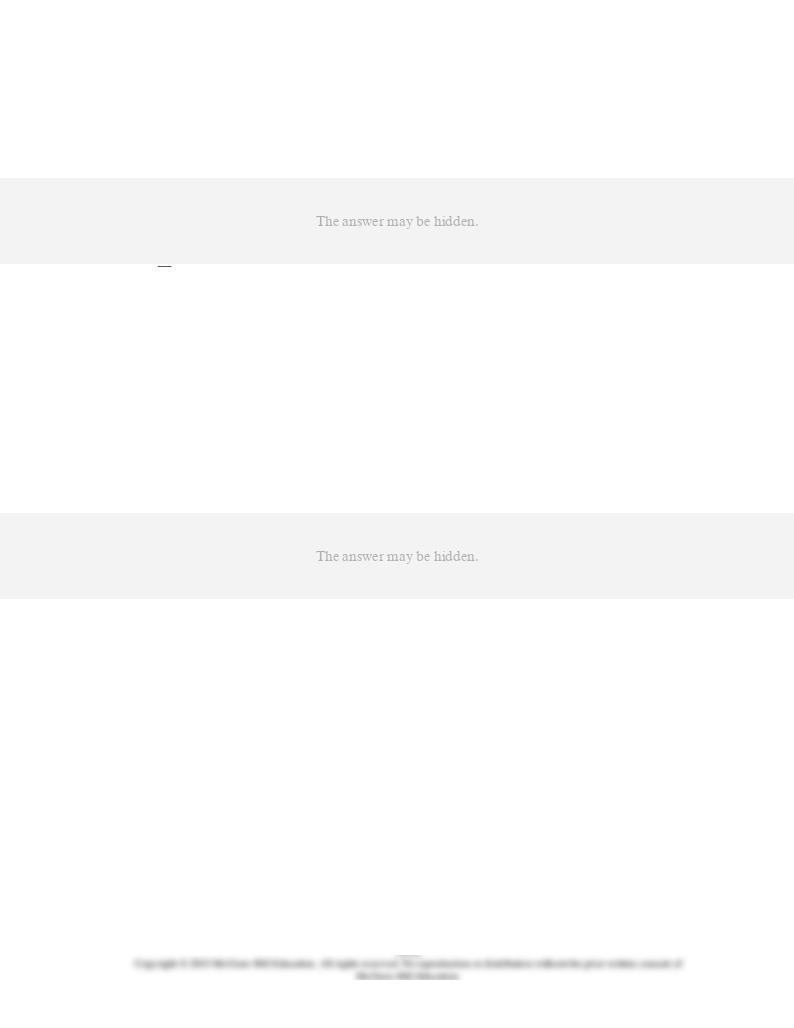
60.
The following are hypothetical exchange rates: $1 = 140 yen; 1 Swiss franc = $.10. We can
conclude that:
AACSB: Analytic
Accessibility: Keyboard Navigation
Blooms: Apply
Difficulty: 2 Medium
Learning Objective: 39-03 Discuss how exchange rates are determined in currency markets that have flexible exchange
rates.
Topic: Flexible exchange rates
61.
The following are hypothetical exchange rates: 2 euros = 1 pound; $1 = 2 pounds. We can
conclude that:
AACSB: Analytic
Accessibility: Keyboard Navigation
Blooms: Apply
Difficulty: 2 Medium
Learning Objective: 39-03 Discuss how exchange rates are determined in currency markets that have flexible exchange
rates.
Topic: Flexible exchange rates

62.
If the rate of exchange for a pound is $4, the rate of exchange for the dollar is:
AACSB: Analytic
Accessibility: Keyboard Navigation
Blooms: Apply
Difficulty: 2 Medium
Learning Objective: 39-03 Discuss how exchange rates are determined in currency markets that have flexible exchange
rates.
Topic: Flexible exchange rates
63.
In considering yen and dollars, when the dollar rate of exchange for the yen rises:
AACSB: Reflective Thinking
Accessibility: Keyboard Navigation
Blooms: Understand
Difficulty: 2 Medium
Learning Objective: 39-03 Discuss how exchange rates are determined in currency markets that have flexible exchange
rates.
Topic: Flexible exchange rates
64.
In considering euros and dollars, the rates of exchange for the euro and the dollar:
AACSB: Reflective Thinking
Accessibility: Keyboard Navigation
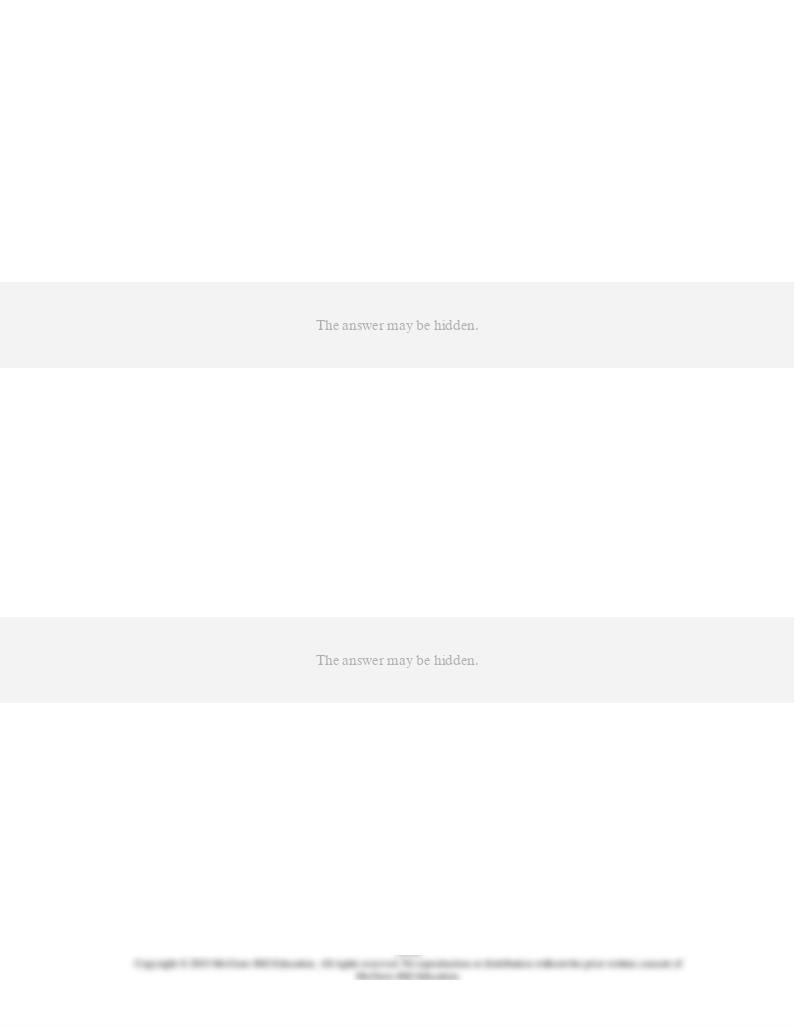
Blooms: Understand
Difficulty: 2 Medium
Learning Objective: 39-03 Discuss how exchange rates are determined in currency markets that have flexible exchange
rates.
Topic: Flexible exchange rates
65.
If the equilibrium exchange rate changes so that fewer dollars are needed to buy a South
Korean won, then:
AACSB: Reflective Thinking
Accessibility: Keyboard Navigation
Blooms: Analyze
Difficulty: 3 Hard
Learning Objective: 39-03 Discuss how exchange rates are determined in currency markets that have flexible exchange
rates.
Topic: Flexible exchange rates
66.
If the exchange rate changes so that more Mexican pesos are required to buy a dollar,
then:
AACSB: Reflective Thinking
Accessibility: Keyboard Navigation
Blooms: Apply
Difficulty: 2 Medium
Learning Objective: 39-03 Discuss how exchange rates are determined in currency markets that have flexible exchange
rates.
Topic: Flexible exchange rates
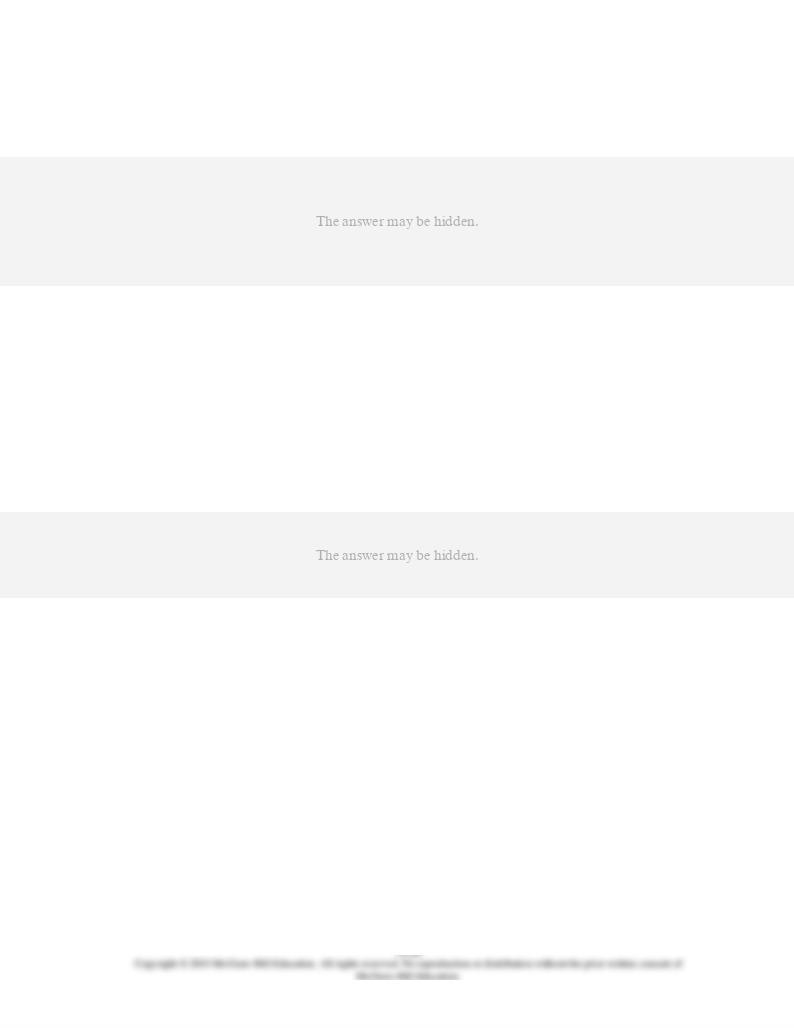
67.
Depreciation of the dollar will:
AACSB: Reflective Thinking
Accessibility: Keyboard Navigation
Blooms: Understand
Difficulty: 2 Medium
Learning Objective: 39-03 Discuss how exchange rates are determined in currency markets that have flexible exchange
rates.
Topic: Flexible exchange rates
68.
Appreciation of the Canadian dollar will:
AACSB: Reflective Thinking
Accessibility: Keyboard Navigation
Blooms: Apply
Difficulty: 2 Medium
Learning Objective: 39-03 Discuss how exchange rates are determined in currency markets that have flexible exchange
rates.
Topic: Flexible exchange rates
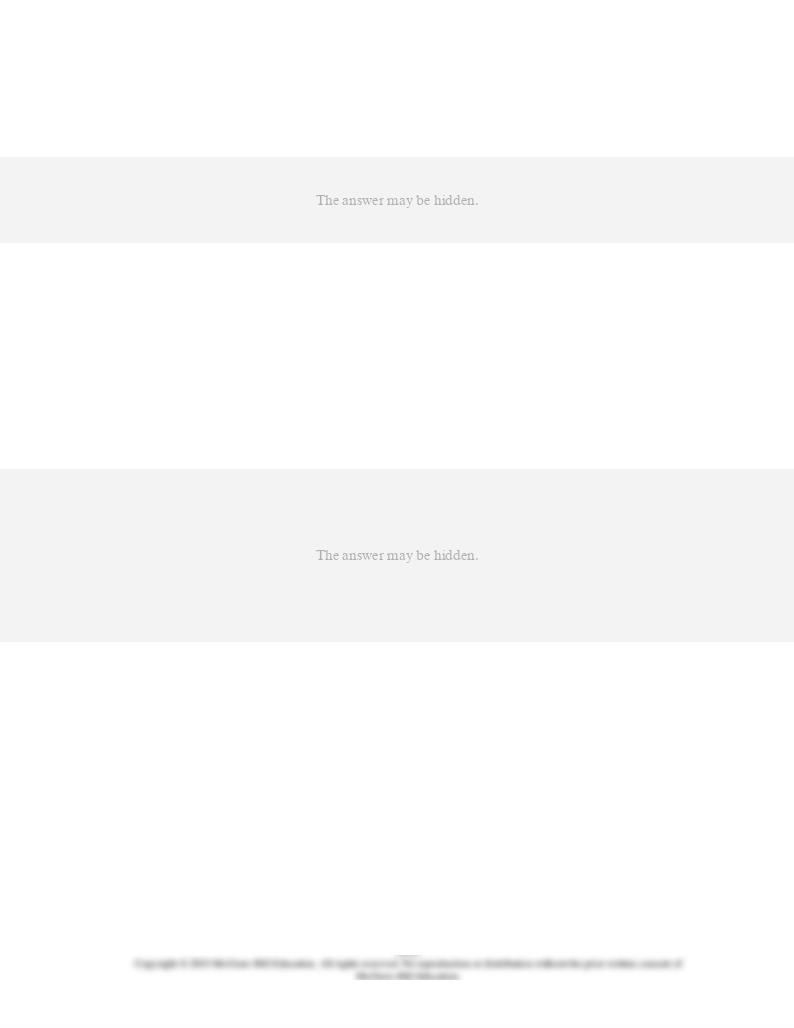
69.
If the U.S. dollar depreciates relative to the Russian ruble, the ruble:
AACSB: Reflective Thinking
Accessibility: Keyboard Navigation
Blooms: Apply
Difficulty: 2 Medium
Learning Objective: 39-03 Discuss how exchange rates are determined in currency markets that have flexible exchange
rates.
Topic: Flexible exchange rates
70.
The U.S. demand for British pounds is:
AACSB: Reflective Thinking
Accessibility: Keyboard Navigation
Blooms: Understand
Difficulty: 2 Medium
Learning Objective: 39-03 Discuss how exchange rates are determined in currency markets that have flexible exchange
rates.
Topic: Flexible exchange rates
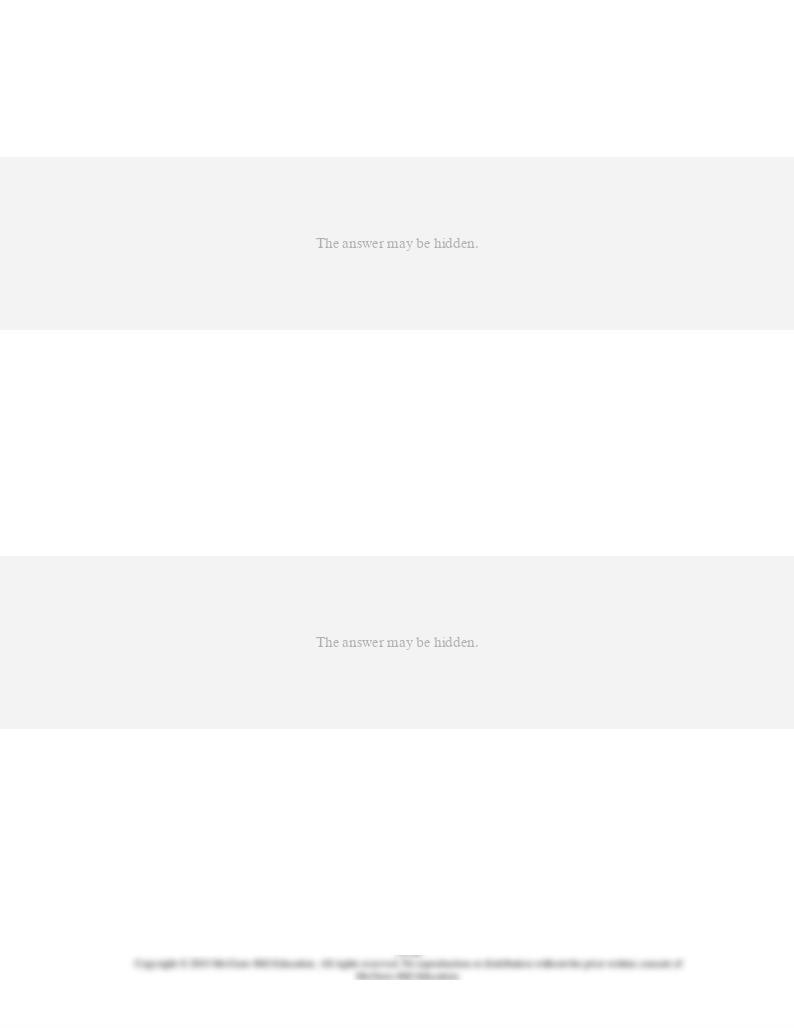
71.
The U.S. supply of Japanese yen is:
AACSB: Reflective Thinking
Accessibility: Keyboard Navigation
Blooms: Understand
Difficulty: 2 Medium
Learning Objective: 39-03 Discuss how exchange rates are determined in currency markets that have flexible exchange
rates.
Topic: Flexible exchange rates
72.
The U.S. demand for euros is:
AACSB: Reflective Thinking
Accessibility: Keyboard Navigation
Blooms: Understand
Difficulty: 2 Medium
Learning Objective: 39-03 Discuss how exchange rates are determined in currency markets that have flexible exchange
rates.
Topic: Flexible exchange rates
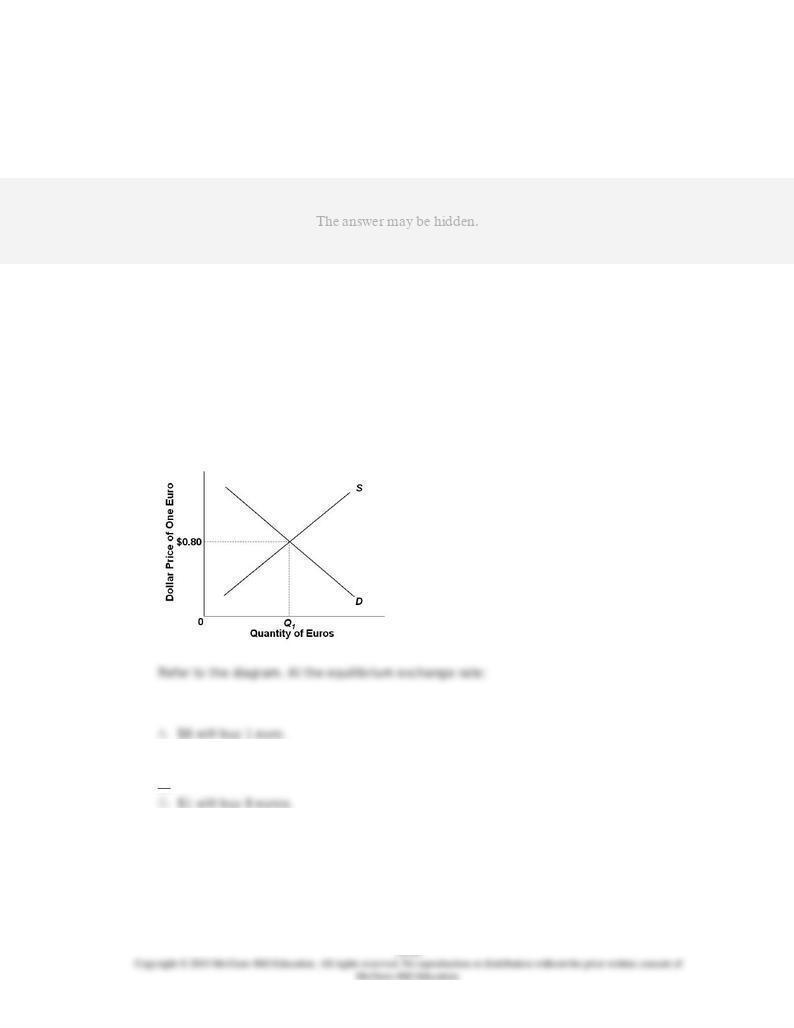
73.
Which of the following will generate a demand for country X's currency in the foreign
exchange market?
AACSB: Reflective Thinking
Accessibility: Keyboard Navigation
Blooms: Apply
Difficulty: 2 Medium
Learning Objective: 39-03 Discuss how exchange rates are determined in currency markets that have flexible exchange
rates.
Topic: Flexible exchange rates
74.
The following diagram is a flexible exchange market for foreign currency:
B.
0.8 euros will buy $1.
C.
1.25 euros will buy $1.
AACSB: Analytic
Blooms: Apply
Difficulty: 2 Medium
Learning Objective: 39-03 Discuss how exchange rates are determined in currency markets that have flexible exchange
rates.

Topic: Flexible exchange rates
Type: Graph
75.
The following diagram is a flexible exchange market for foreign currency:
Refer to the diagram. At the price $.80 for 1 euro:
AACSB: Reflective Thinking
Blooms: Apply
Difficulty: 2 Medium
Learning Objective: 39-03 Discuss how exchange rates are determined in currency markets that have flexible exchange
rates.
Topic: Flexible exchange rates
Type: Graph
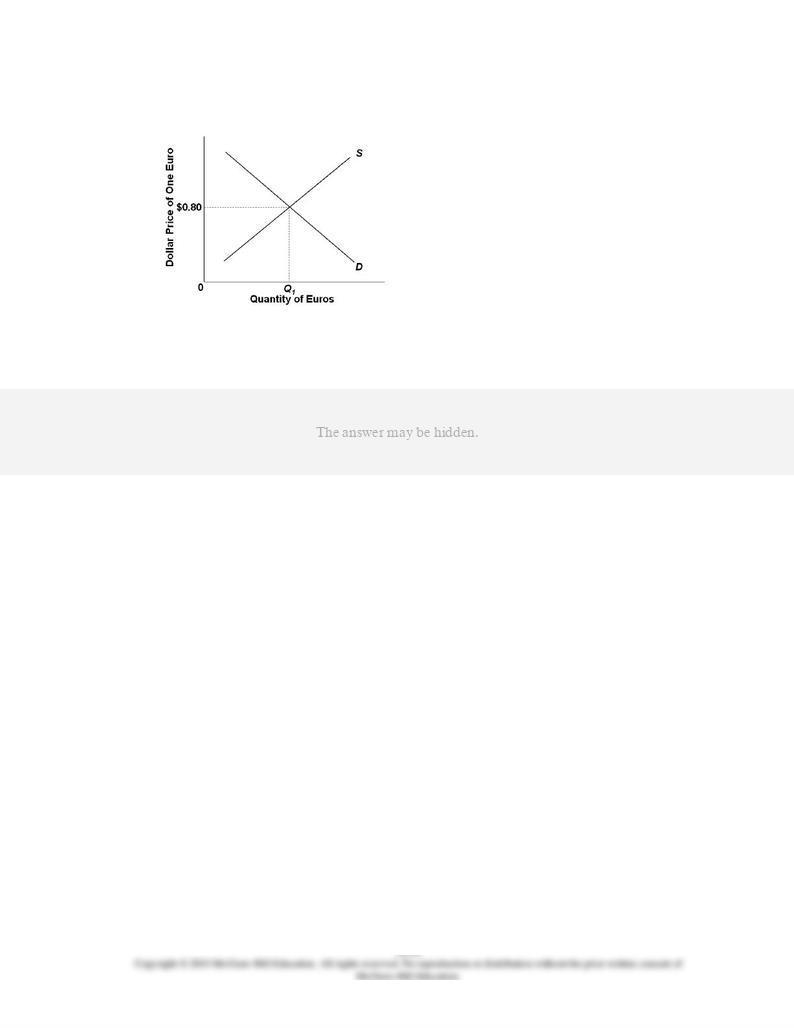
76.
The following diagram is a flexible exchange market for foreign currency:
Refer to the diagram. Other things equal, a rightward shift of the demand curve would:
AACSB: Reflective Thinking
Blooms: Analyze
Difficulty: 3 Hard
Learning Objective: 39-03 Discuss how exchange rates are determined in currency markets that have flexible exchange
rates.
Topic: Flexible exchange rates
Type: Graph
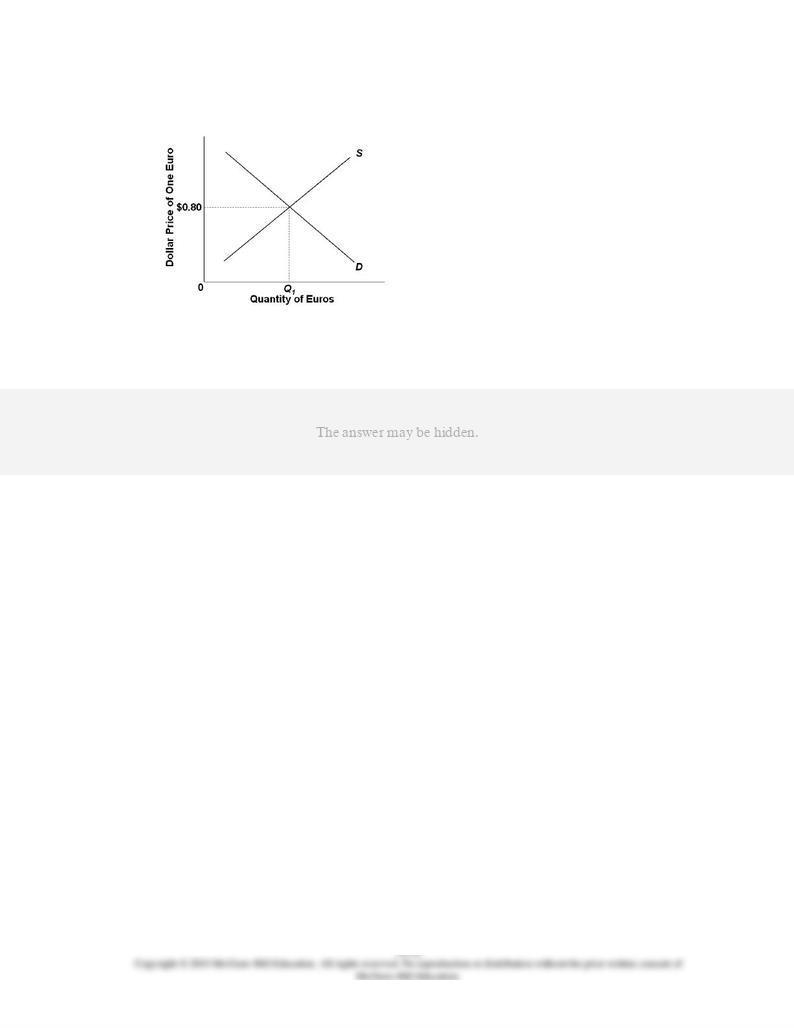
77.
The following diagram is a flexible exchange market for foreign currency:
Refer to the diagram. Other things equal, a leftward shift of the demand curve would:
AACSB: Reflective Thinking
Blooms: Analyze
Difficulty: 3 Hard
Learning Objective: 39-03 Discuss how exchange rates are determined in currency markets that have flexible exchange
rates.
Topic: Flexible exchange rates
Type: Graph
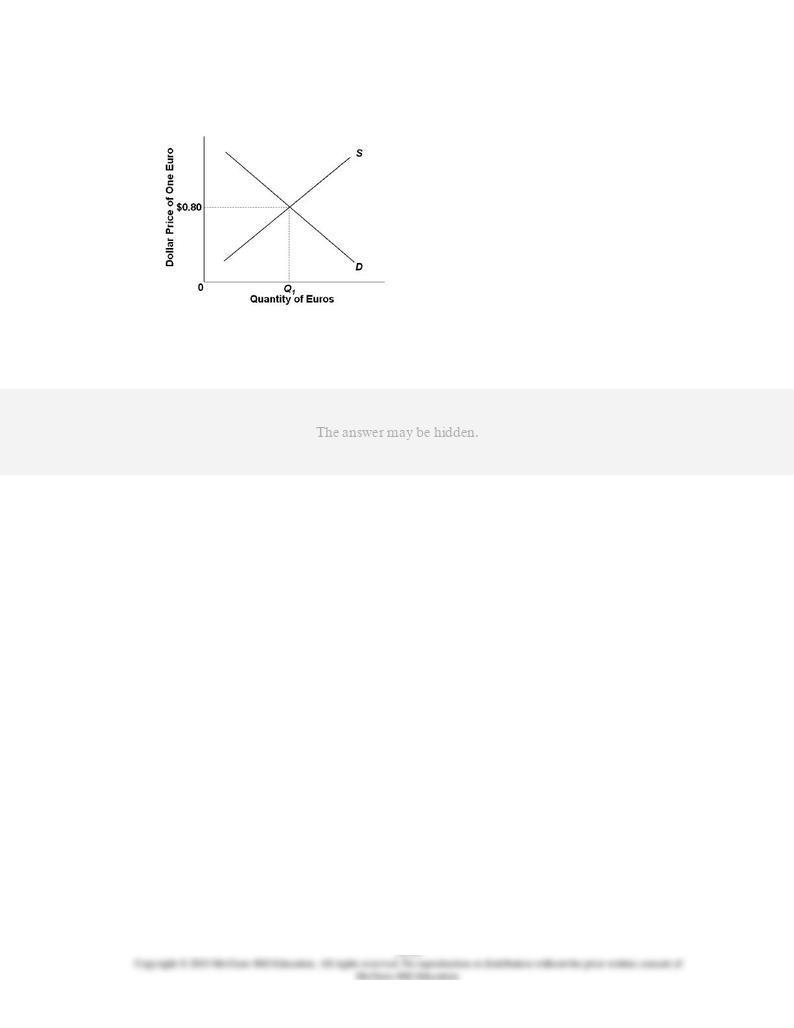
78.
The following diagram is a flexible exchange market for foreign currency:
Refer to the diagram. Other things equal, a leftward shift of the supply curve would:
AACSB: Reflective Thinking
Blooms: Analyze
Difficulty: 3 Hard
Learning Objective: 39-03 Discuss how exchange rates are determined in currency markets that have flexible exchange
rates.
Topic: Flexible exchange rates
Type: Graph
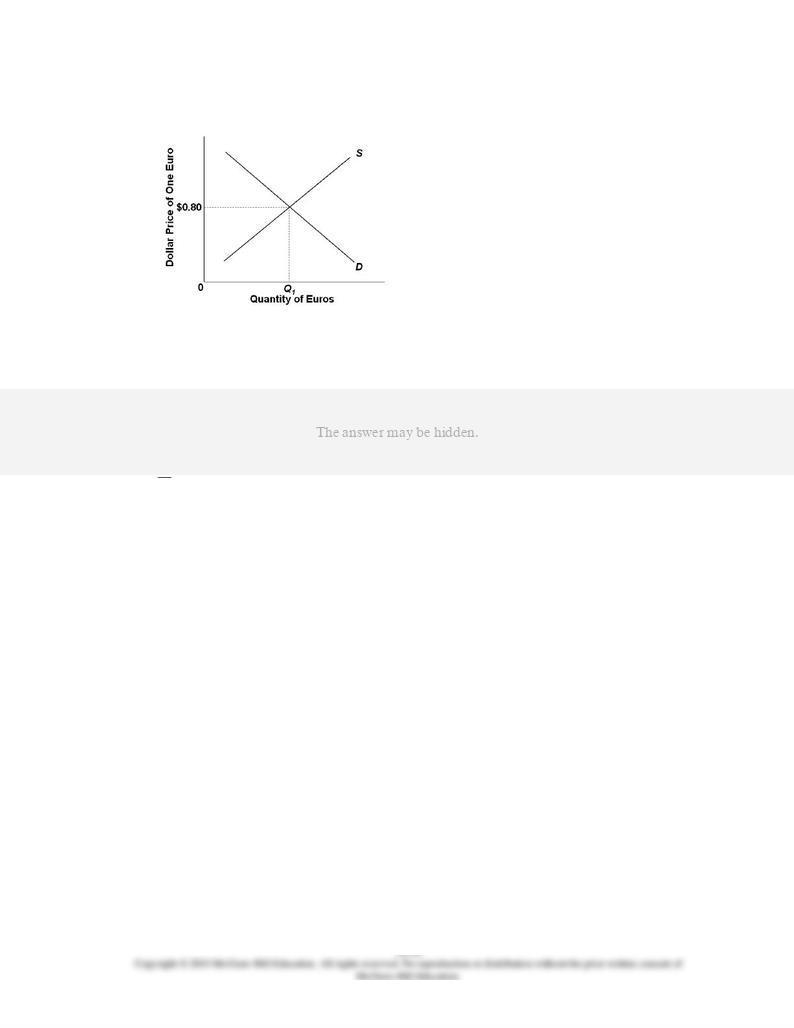
79.
The following diagram is a flexible exchange market for foreign currency:
Refer to the diagram. Other things equal, a rightward shift of the supply curve would:
AACSB: Reflective Thinking
Blooms: Analyze
Difficulty: 3 Hard
Learning Objective: 39-03 Discuss how exchange rates are determined in currency markets that have flexible exchange
rates.
Topic: Flexible exchange rates
Type: Graph
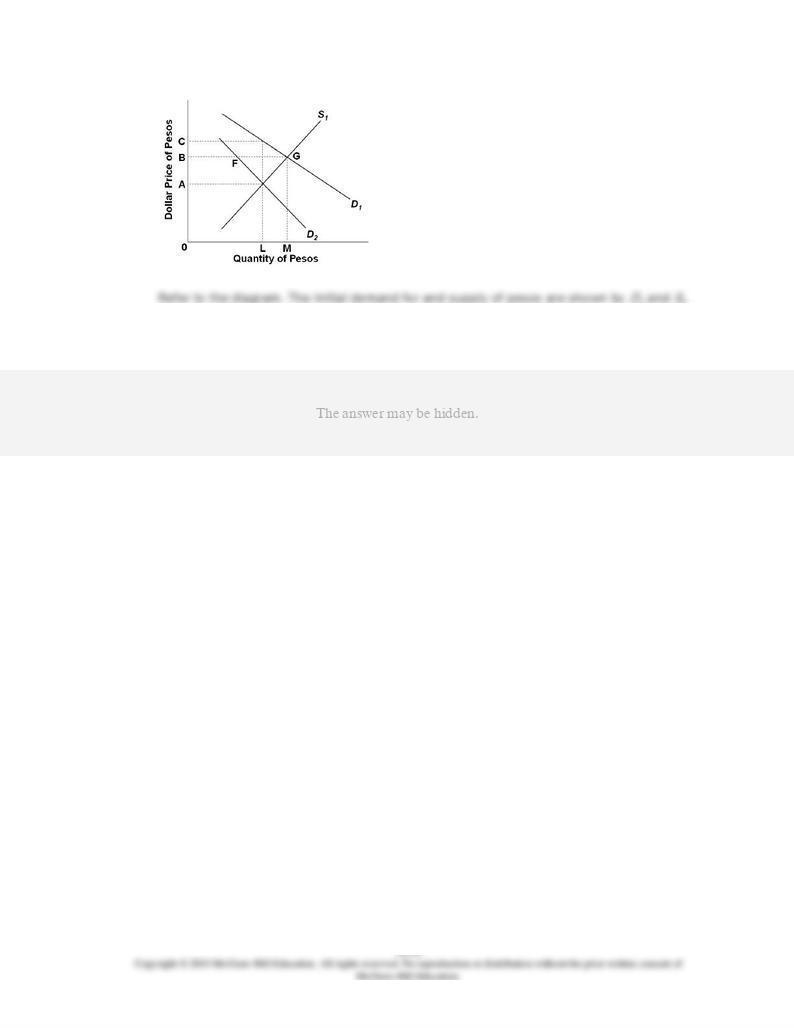
80.
1 and
1.
The exchange rate will be:
AACSB: Reflective Thinking
Blooms: Apply
Difficulty: 2 Medium
Learning Objective: 39-03 Discuss how exchange rates are determined in currency markets that have flexible exchange
rates.
Topic: Flexible exchange rates
Type: Graph
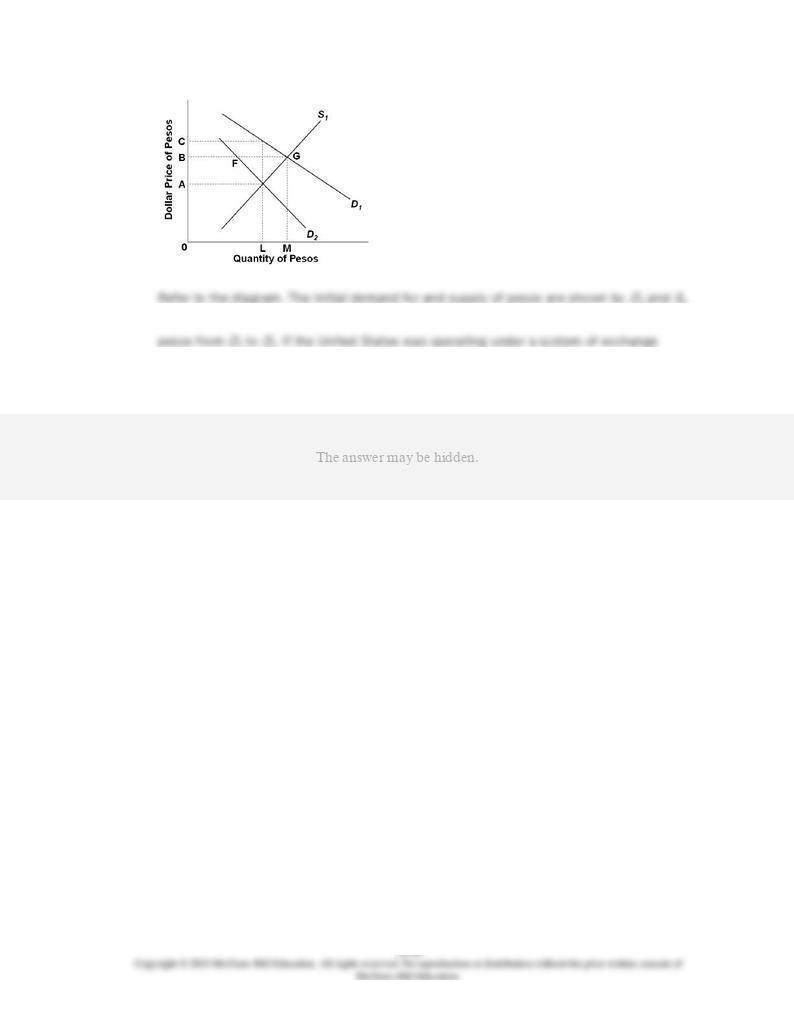
81.
1 and
1.
Suppose the United States reduces its imports of Mexican goods, shifting its demand for
1 to
2. If the United States was operating under a system of exchange
controls, the U.S. government would:
AACSB: Reflective Thinking
Blooms: Analyze
Difficulty: 3 Hard
Learning Objective: 39-04 Describe the difference between flexible exchange rates and fixed exchange rates.
Topic: Fixed exchange rates
Type: Graph
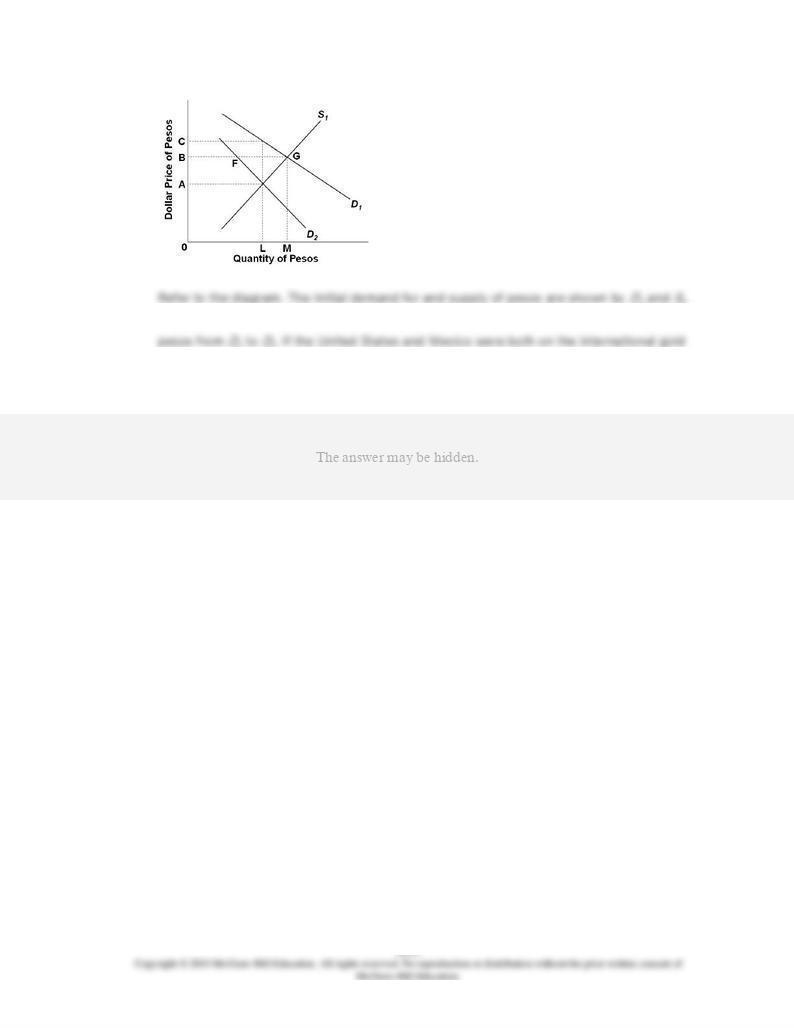
82.
1 and
1.
Suppose the United States reduces its imports of Mexican goods, shifting its demand for
1 to
2. If the United States and Mexico were both on the international gold
standard:
AACSB: Reflective Thinking
Blooms: Analyze
Difficulty: 3 Hard
Learning Objective: 39-04 Describe the difference between flexible exchange rates and fixed exchange rates.
Topic: Fixed exchange rates
Type: Graph

83.
1 and
1.
Suppose the United States reduces its imports of Mexican goods, shifting its demand for
1 to
2. Under a system of freely floating exchange rates:
AACSB: Reflective Thinking
Blooms: Analyze
Difficulty: 3 Hard
Learning Objective: 39-03 Discuss how exchange rates are determined in currency markets that have flexible exchange
rates.
Topic: Flexible exchange rates
Type: Graph
84.
Under a system of freely flexible (floating) exchange rates, a U.S. trade deficit with Mexico
will tend to cause:
AACSB: Reflective Thinking
Accessibility: Keyboard Navigation
Blooms: Analyze
Difficulty: 3 Hard
Learning Objective: 39-03 Discuss how exchange rates are determined in currency markets that have flexible exchange
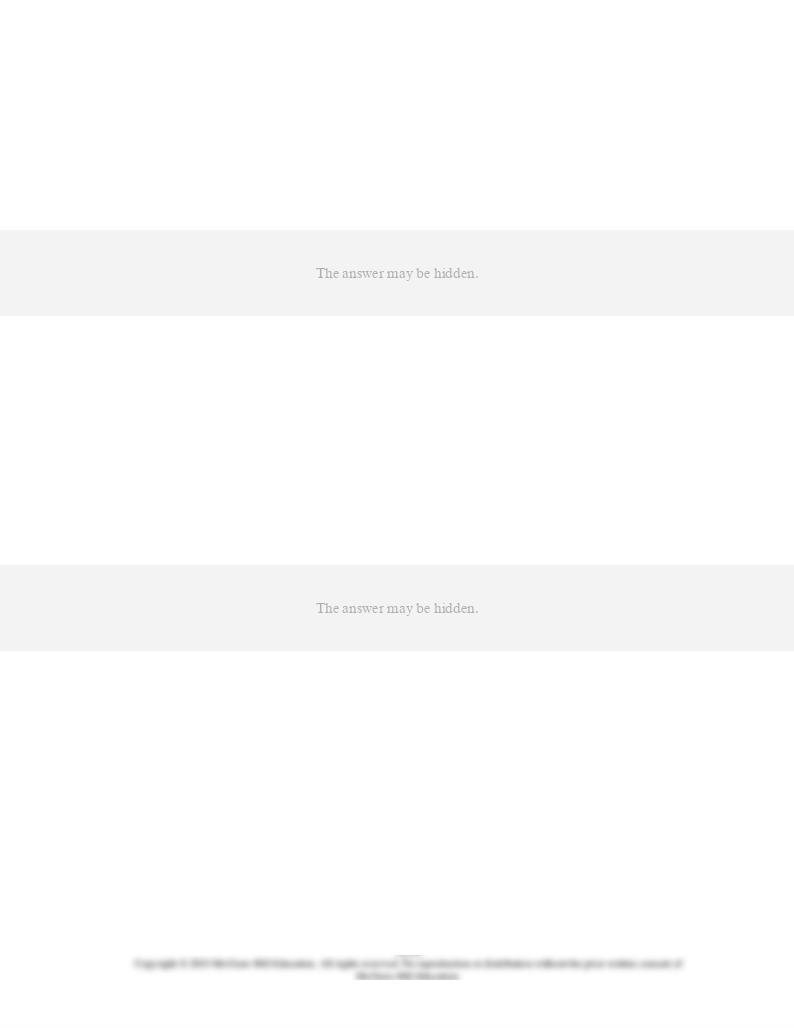
rates.
Topic: Flexible exchange rates
85.
Which of the following have substantially equivalent effects on a nation's volume of
exports and imports?
AACSB: Reflective Thinking
Accessibility: Keyboard Navigation
Blooms: Understand
Difficulty: 2 Medium
Learning Objective: 39-03 Discuss how exchange rates are determined in currency markets that have flexible exchange
rates.
Topic: Flexible exchange rates
86.
If in a system of fixed exchange rates the dollar price of euros is above the market
equilibrium level:
AACSB: Reflective Thinking
Accessibility: Keyboard Navigation
Blooms: Apply
Difficulty: 2 Medium
Learning Objective: 39-04 Describe the difference between flexible exchange rates and fixed exchange rates.
Topic: Fixed exchange rates
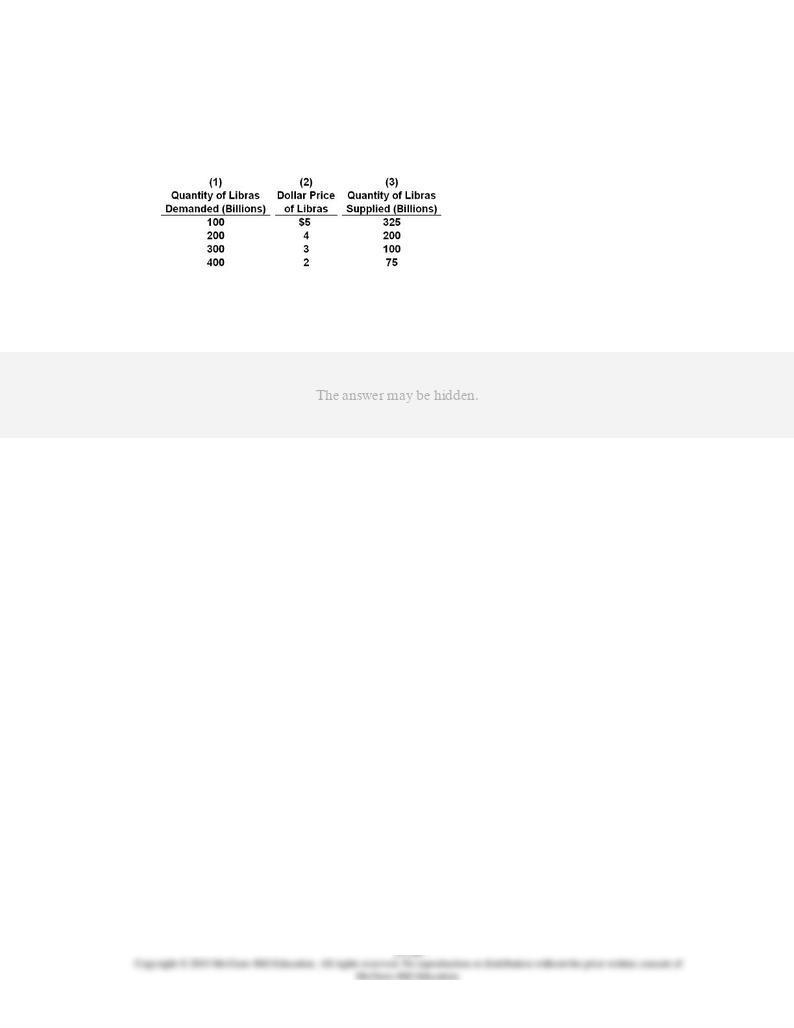
87.
Answer the question on the basis of the following table, which indicates the dollar price of
libras, the currency used in the hypothetical nation of Libra. Assume that a system of
freely floating exchange rates is in place.
Refer to the table. The equilibrium dollar price of libras is:
AACSB: Analytic
Blooms: Analyze
Difficulty: 3 Hard
Learning Objective: 39-03 Discuss how exchange rates are determined in currency markets that have flexible exchange
rates.
Topic: Flexible exchange rates
Type: Table
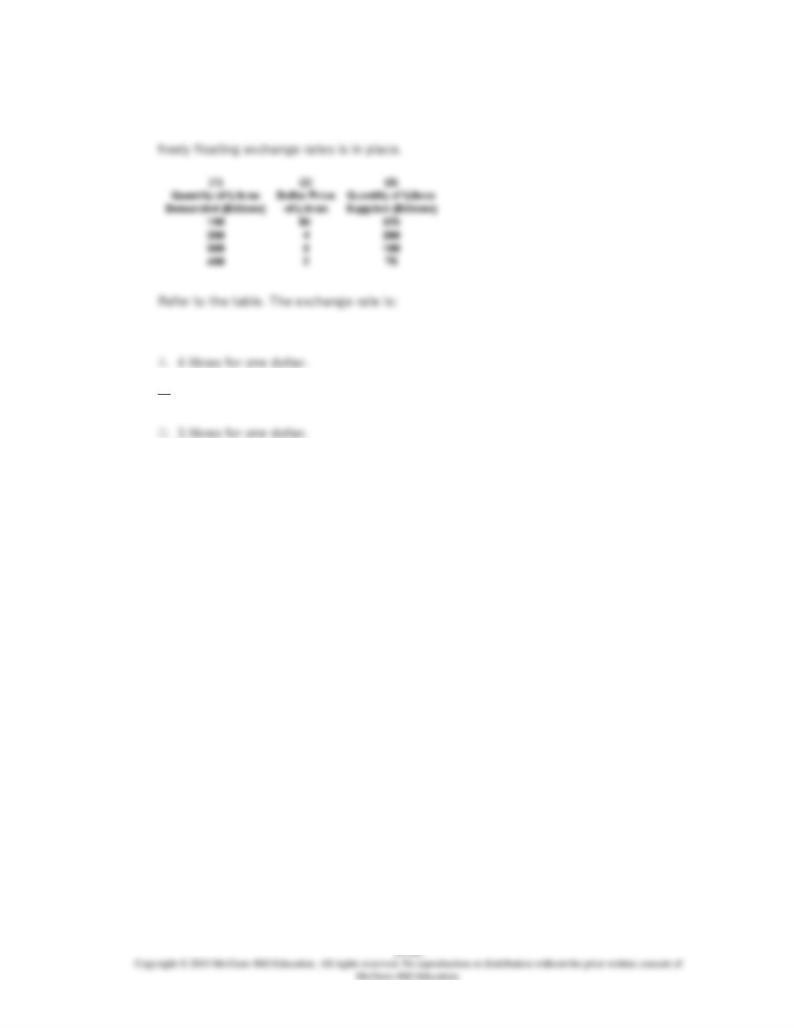
88.
Answer the question on the basis of the following table, which indicates the dollar price of
libras, the currency used in the hypothetical nation of Libra. Assume that a system of
B.
0.25 libra for one dollar.
C.
0.40 libra for one dollar.
AACSB: Analytic
Blooms: Analyze
Difficulty: 3 Hard
Learning Objective: 39-03 Discuss how exchange rates are determined in currency markets that have flexible exchange
rates.
Topic: Flexible exchange rates
Type: Table
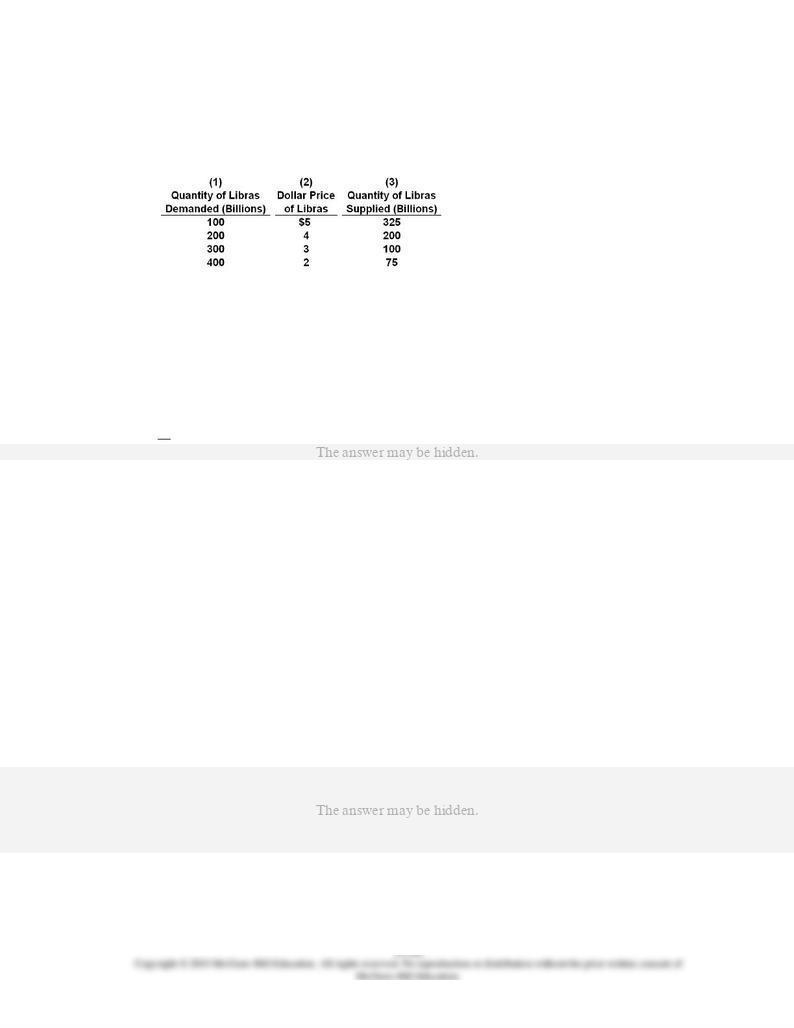
89.
Answer the question on the basis of the following table, which indicates the dollar price of
libras, the currency used in the hypothetical nation of Libra. Assume that a system of
freely floating exchange rates is in place.
Refer to the table. Suppose that Libra decided to import more U.S. products. We would
expect the quantity of libras:
A.
demanded at each dollar price to rise and the dollar to depreciate relative to the libra.
B.
demanded at each dollar price to fall and the dollar to appreciate relative to the libra.
C.
supplied at each dollar price to rise and the dollar to appreciate relative to the libra.
AACSB: Reflective Thinking
Blooms: Analyze
Difficulty: 3 Hard
Learning Objective: 39-03 Discuss how exchange rates are determined in currency markets that have flexible exchange
rates.
Topic: Flexible exchange rates
Type: Table
90.
Answer the question on the basis of the following information. In 1985, the exchange rate
between the U.S. dollar and the Japanese yen was $1 = 262 yen; in 2003, the rate was $1
= 110 yen.
Refer to the given information. Between 1985 and 2003, the:
AACSB: Analytic
Accessibility: Keyboard Navigation
Blooms: Apply
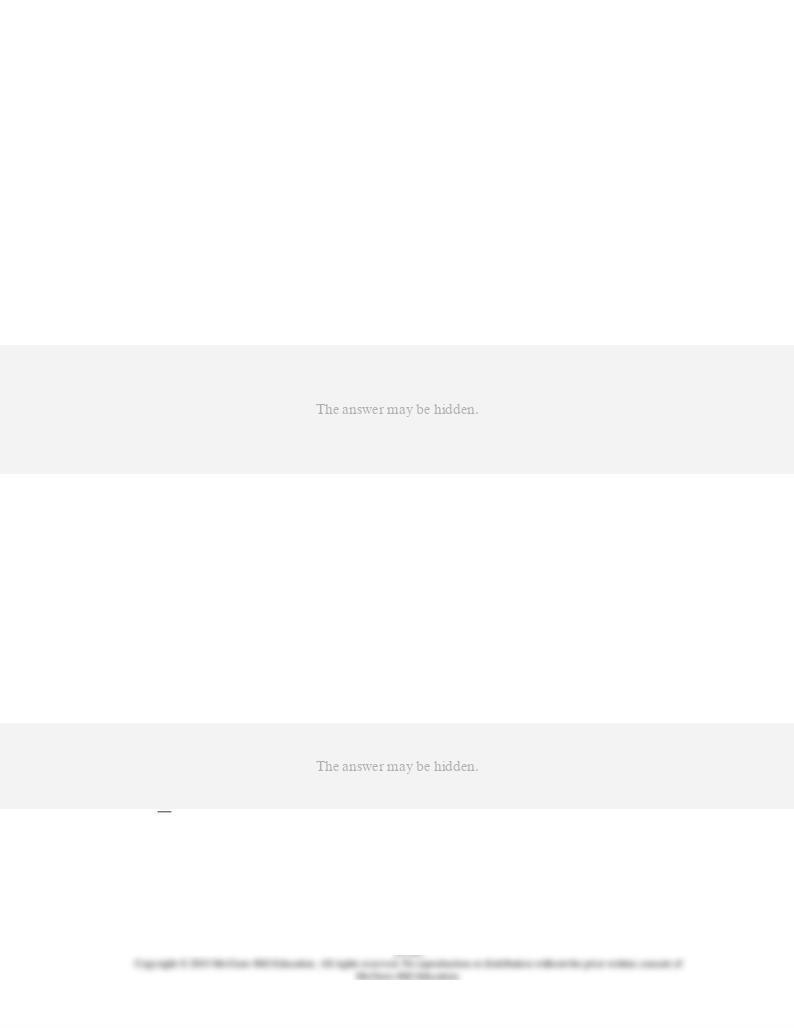
Difficulty: 2 Medium
Learning Objective: 39-03 Discuss how exchange rates are determined in currency markets that have flexible exchange
rates.
Topic: Flexible exchange rates
91.
Answer the question on the basis of the following information. In 1985, the exchange rate
between the U.S. dollar and the Japanese yen was $1 = 262 yen; in 2003, the rate was $1
= 110 yen.
Refer to the given information. Which one of the following might be a plausible explanation
for the change in the dollar-yen exchange rate from 1985 to 2003?
AACSB: Analytic
Accessibility: Keyboard Navigation
Blooms: Analyze
Difficulty: 3 Hard
Learning Objective: 39-03 Discuss how exchange rates are determined in currency markets that have flexible exchange
rates.
Topic: Flexible exchange rates
92.
Under a system of freely floating exchange rates, an increase in the international value of
a nation's currency will:
AACSB: Reflective Thinking
Accessibility: Keyboard Navigation
Blooms: Understand
Difficulty: 2 Medium
Learning Objective: 39-03 Discuss how exchange rates are determined in currency markets that have flexible exchange
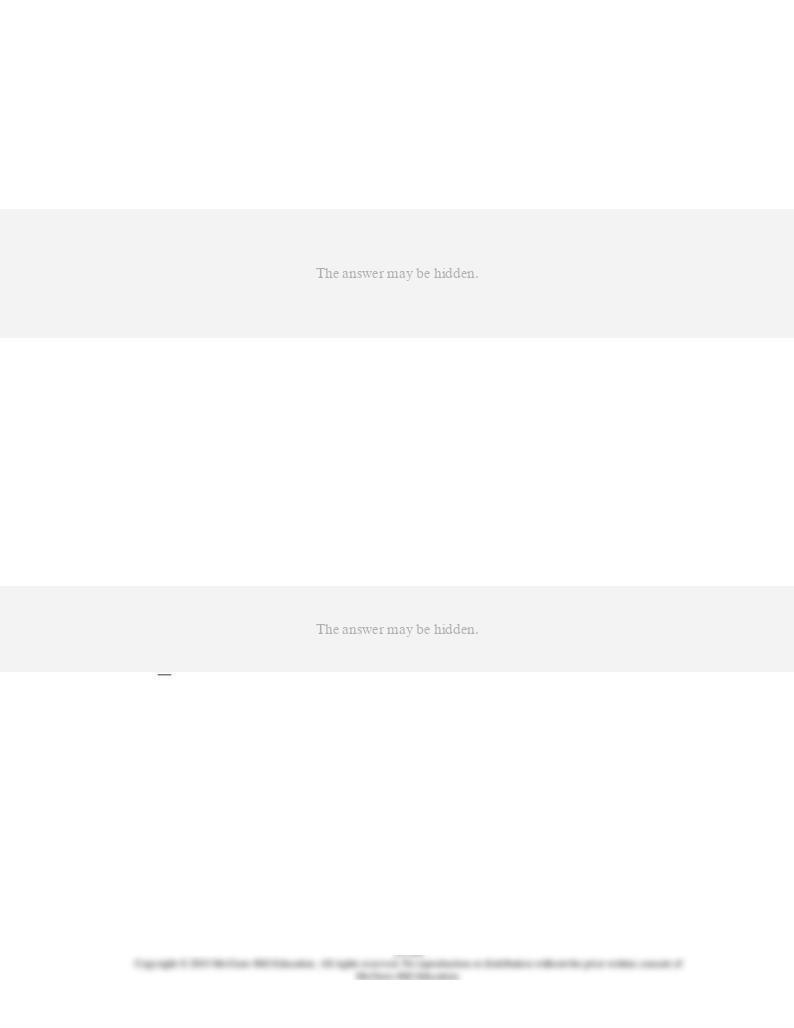
rates.
Topic: Flexible exchange rates
93.
According to the purchasing power parity theory of exchange rates:
AACSB: Analytic
Accessibility: Keyboard Navigation
Blooms: Understand
Difficulty: 2 Medium
Learning Objective: 39-03 Discuss how exchange rates are determined in currency markets that have flexible exchange
rates.
Topic: Flexible exchange rates
94.
The idea that freely floating exchange rates equate the buying power of national
currencies is called:
AACSB: Analytic
Accessibility: Keyboard Navigation
Blooms: Remember
Difficulty: 1 Easy
Learning Objective: 39-03 Discuss how exchange rates are determined in currency markets that have flexible exchange
rates.
Topic: Flexible exchange rates
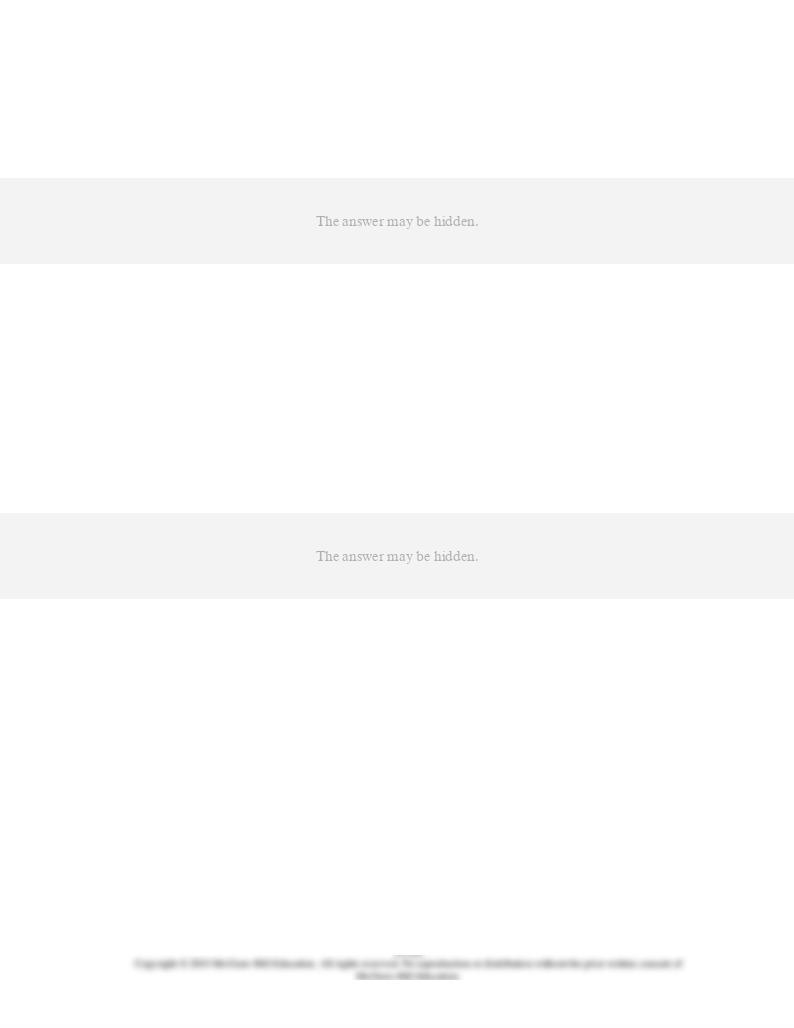
95.
Assume that Japan and South Korea have flexible exchange rates. Other things equal, if
economic growth is more rapid in Japan than in South Korea:
AACSB: Reflective Thinking
Accessibility: Keyboard Navigation
Blooms: Analyze
Difficulty: 3 Hard
Learning Objective: 39-03 Discuss how exchange rates are determined in currency markets that have flexible exchange
rates.
Topic: Flexible exchange rates
96.
Assume that Brazil and Mexico have floating exchange rates. Other things unchanged, if
the price level is stable in Mexico, but Brazil experiences rapid inflation:
AACSB: Reflective Thinking
Accessibility: Keyboard Navigation
Blooms: Analyze
Difficulty: 3 Hard
Learning Objective: 39-03 Discuss how exchange rates are determined in currency markets that have flexible exchange
rates.
Topic: Flexible exchange rates

97.
Assume that Switzerland and Britain have floating exchange rates. Other things
unchanged, if a tight money policy raises interest rates in Britain as compared to
Switzerland:
AACSB: Reflective Thinking
Accessibility: Keyboard Navigation
Blooms: Analyze
Difficulty: 3 Hard
Learning Objective: 39-03 Discuss how exchange rates are determined in currency markets that have flexible exchange
rates.
Topic: Flexible exchange rates
98.
Refer to the diagram where
D
and
S
are the United States' demand for and supply of
Swiss francs. At the equilibrium exchange rate,
E
, the United States' balance of payments
is in equilibrium. A shift of the demand curve to
D'
might be the result of:
AACSB: Reflective Thinking
Blooms: Analyze
Difficulty: 3 Hard
Learning Objective: 39-03 Discuss how exchange rates are determined in currency markets that have flexible exchange
rates.
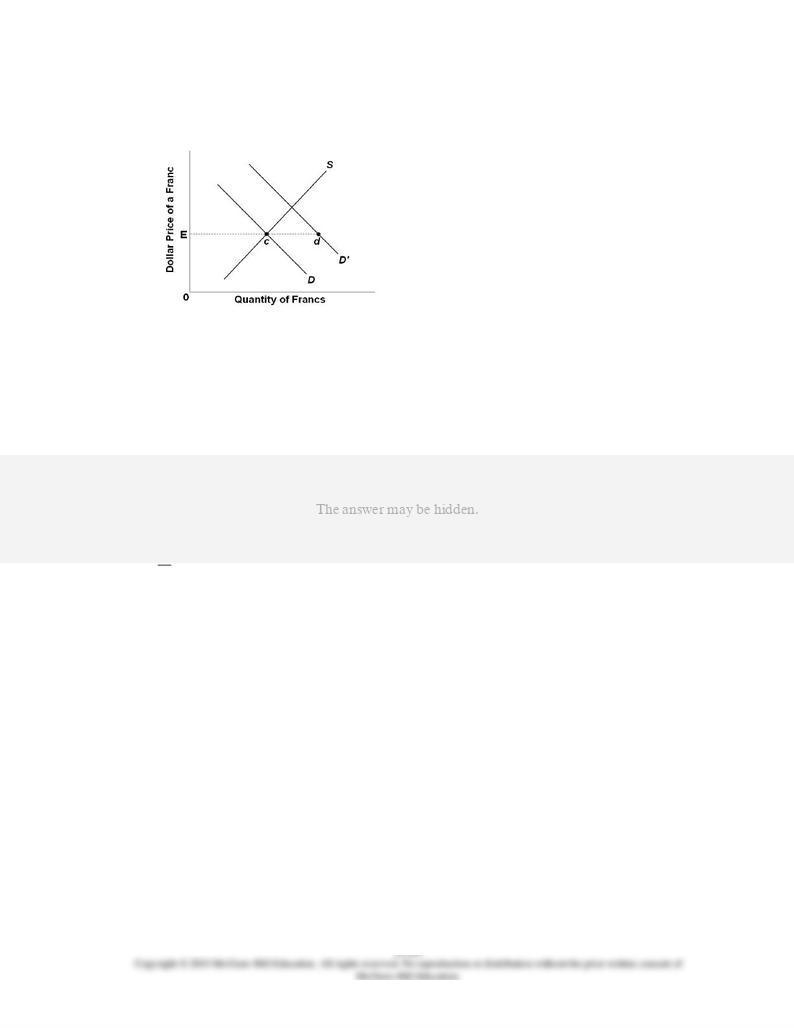
Topic: Flexible exchange rates
Type: Graph
99.
Refer to the diagram where
D
and
S
are the United States' demand for and supply of
Swiss francs. At the equilibrium exchange rate,
E
, the United States' balance of payments
is in equilibrium. Given a change in demand from
D
to
D'
, the United States could maintain
the dollar price of Swiss francs by:
AACSB: Reflective Thinking
Blooms: Analyze
Difficulty: 3 Hard
Learning Objective: 39-04 Describe the difference between flexible exchange rates and fixed exchange rates.
Topic: Fixed exchange rates
Type: Graph

100.
Refer to the diagram where
D
and
S
are the United States' demand for and supply of
Swiss francs. At the equilibrium exchange rate,
E
, the United States' balance of payments
is in equilibrium. Under a system of flexible exchange rates, the shift in demand from
D
to
D'
will:
AACSB: Reflective Thinking
Blooms: Analyze
Difficulty: 3 Hard
Learning Objective: 39-03 Discuss how exchange rates are determined in currency markets that have flexible exchange
rates.
Topic: Flexible exchange rates
Type: Graph
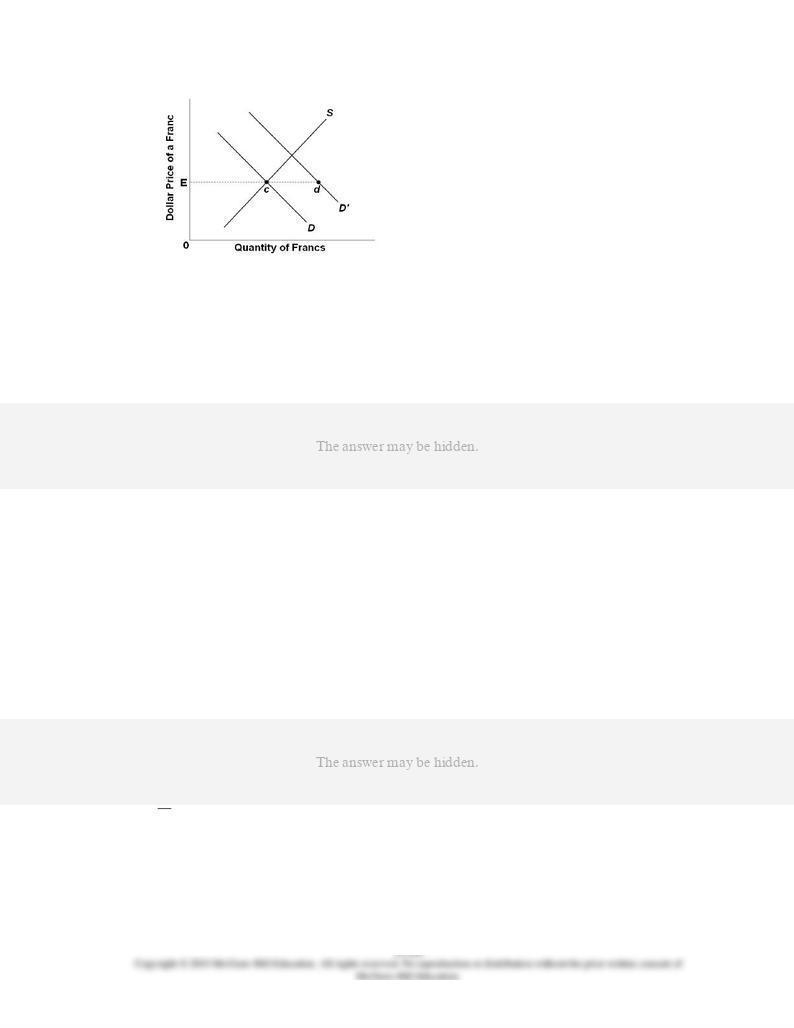
101.
Refer to the diagram where
D
and
S
are the United States' demand for and supply of
Swiss francs. At the equilibrium exchange rate,
E
, the United States' balance of payments
is in equilibrium. Under a system of fixed exchange rates, the shift in demand from
D
to
D'
will cause:
AACSB: Reflective Thinking
Blooms: Analyze
Difficulty: 3 Hard
Learning Objective: 39-04 Describe the difference between flexible exchange rates and fixed exchange rates.
Topic: Fixed exchange rates
Type: Graph
102.
If the United States has full employment and the dollar dramatically depreciates in value,
we can expect (other things equal):
AACSB: Reflective Thinking
Accessibility: Keyboard Navigation
Blooms: Analyze
Difficulty: 3 Hard
Learning Objective: 39-03 Discuss how exchange rates are determined in currency markets that have flexible exchange
rates.
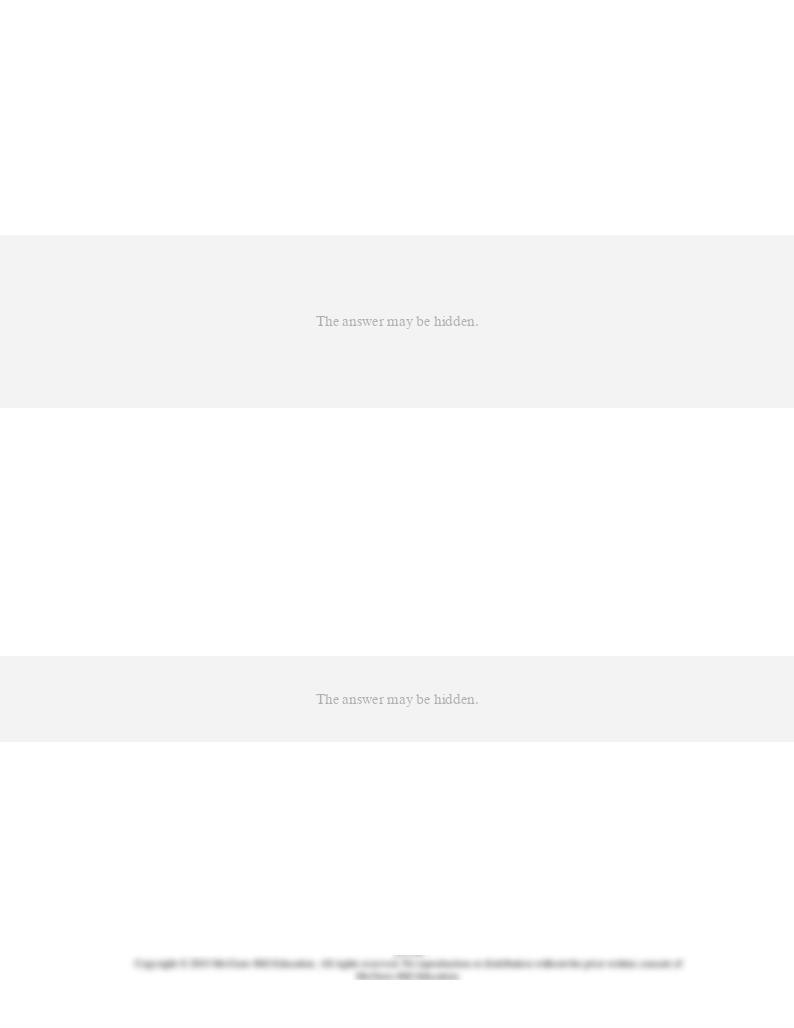
Topic: Flexible exchange rates
103.
Suppose interest rates fall sharply in the United States but are unchanged in Great Britain.
Other things equal, under a system of freely floating exchange rates, we can expect the
demand for pounds in the United States to:
AACSB: Reflective Thinking
Accessibility: Keyboard Navigation
Blooms: Analyze
Difficulty: 3 Hard
Learning Objective: 39-03 Discuss how exchange rates are determined in currency markets that have flexible exchange
rates.
Topic: Flexible exchange rates
104.
Assume that, under a system of floating exchange rates, Mexicans decide to increase their
investments in the United States. As a result:
AACSB: Reflective Thinking
Accessibility: Keyboard Navigation
Blooms: Analyze
Difficulty: 3 Hard
Learning Objective: 39-03 Discuss how exchange rates are determined in currency markets that have flexible exchange
rates.
Topic: Flexible exchange rates
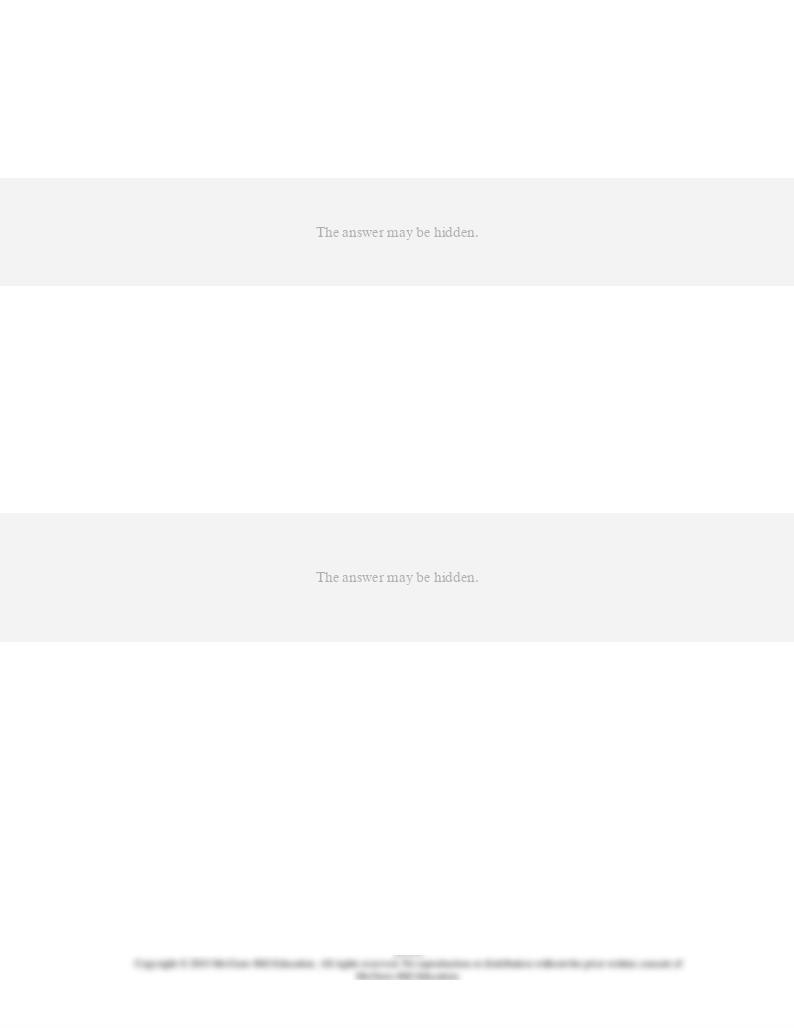
105.
Which of the following problems will most likely occur with a system of flexible exchange
rates?
AACSB: Reflective Thinking
Accessibility: Keyboard Navigation
Blooms: Understand
Difficulty: 2 Medium
Learning Objective: 39-03 Discuss how exchange rates are determined in currency markets that have flexible exchange
rates.
Topic: Flexible exchange rates
106.
In saying that the present system of floating exchange rates is
managed
, we mean that:
AACSB: Reflective Thinking
Accessibility: Keyboard Navigation
Blooms: Understand
Difficulty: 2 Medium
Learning Objective: 39-05 Explain the current system of managed floating exchange rates.
Topic: Current exchange rate system: managed float

107.
The exchange rate system currently used by the industrially advanced nations is:
AACSB: Analytic
Accessibility: Keyboard Navigation
Blooms: Remember
Difficulty: 1 Easy
Learning Objective: 39-05 Explain the current system of managed floating exchange rates.
Topic: Current exchange rate system: managed float
108.
Under the managed floating system of exchange rates:
AACSB: Reflective Thinking
Accessibility: Keyboard Navigation
Blooms: Understand
Difficulty: 2 Medium
Learning Objective: 39-05 Explain the current system of managed floating exchange rates.
Topic: Current exchange rate system: managed float
109.
A government may be able to reduce the international value of its currency by:
AACSB: Reflective Thinking
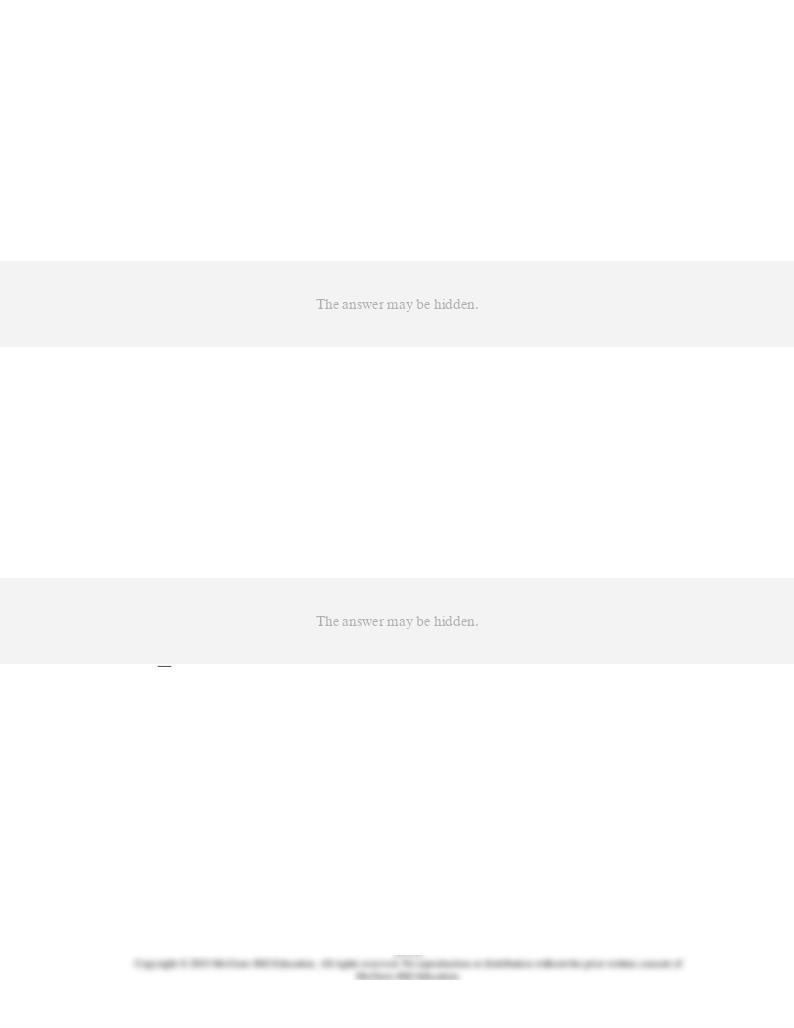
Accessibility: Keyboard Navigation
Blooms: Understand
Difficulty: 2 Medium
Learning Objective: 39-05 Explain the current system of managed floating exchange rates.
Topic: Current exchange rate system: managed float
110.
The current system of exchange rates can best be described as:
AACSB: Analytic
Accessibility: Keyboard Navigation
Blooms: Remember
Difficulty: 1 Easy
Learning Objective: 39-05 Explain the current system of managed floating exchange rates.
Topic: Current exchange rate system: managed float
111.
Which of the following lists of exchange-rate systems is arranged in proper historical
order, from earliest to most current?
AACSB: Reflective Thinking
Accessibility: Keyboard Navigation
Blooms: Remember
Difficulty: 1 Easy
Learning Objective: 39-05 Explain the current system of managed floating exchange rates.
Topic: Current exchange rate system: managed float
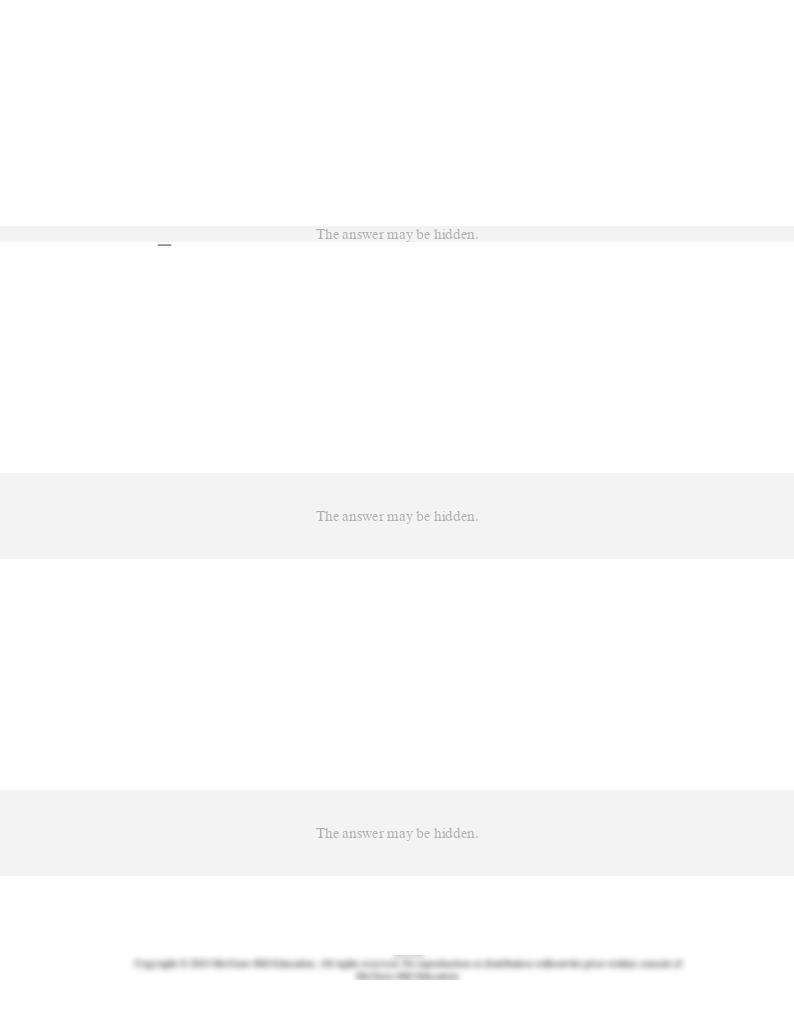
112.
Which one of the following is
not
one of the so-called G8 nations?
A.
Japan.
B.
Canada.
C.
United States.
AACSB: Analytic
Accessibility: Keyboard Navigation
Blooms: Remember
Difficulty: 1 Easy
Learning Objective: 39-05 Explain the current system of managed floating exchange rates.
Topic: Current exchange rate system: managed float
113.
The Group of Eight (G8) nations which periodically have jointly intervened to influence the
value of the dollar include:
AACSB: Analytic
Accessibility: Keyboard Navigation
Blooms: Remember
Difficulty: 1 Easy
Learning Objective: 39-05 Explain the current system of managed floating exchange rates.
Topic: Current exchange rate system: managed float
114.
Suppose the G8 nations decide that the dollar is too strong (high in value) relative to the
yen. These nations might:
AACSB: Reflective Thinking
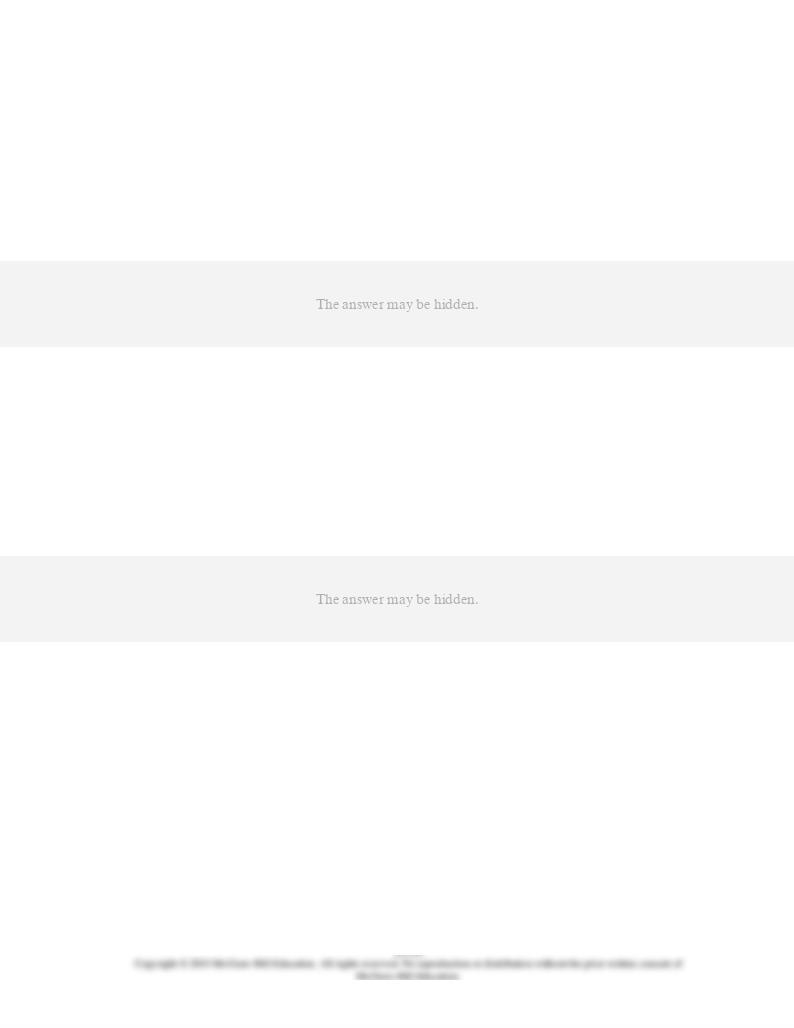
Accessibility: Keyboard Navigation
Blooms: Apply
Difficulty: 2 Medium
Learning Objective: 39-05 Explain the current system of managed floating exchange rates.
Topic: Current exchange rate system: managed float
115.
In recent years, the United States has had large:
AACSB: Analytic
Accessibility: Keyboard Navigation
Blooms: Remember
Difficulty: 1 Easy
Learning Objective: 39-06 Identify the causes and consequences of recent U.S. trade deficits.
Topic: Recent U.S. trade deficits
116.
In recent years, the United States has had large:
AACSB: Analytic
Accessibility: Keyboard Navigation
Blooms: Remember
Difficulty: 1 Easy
Learning Objective: 39-06 Identify the causes and consequences of recent U.S. trade deficits.
Topic: Recent U.S. trade deficits
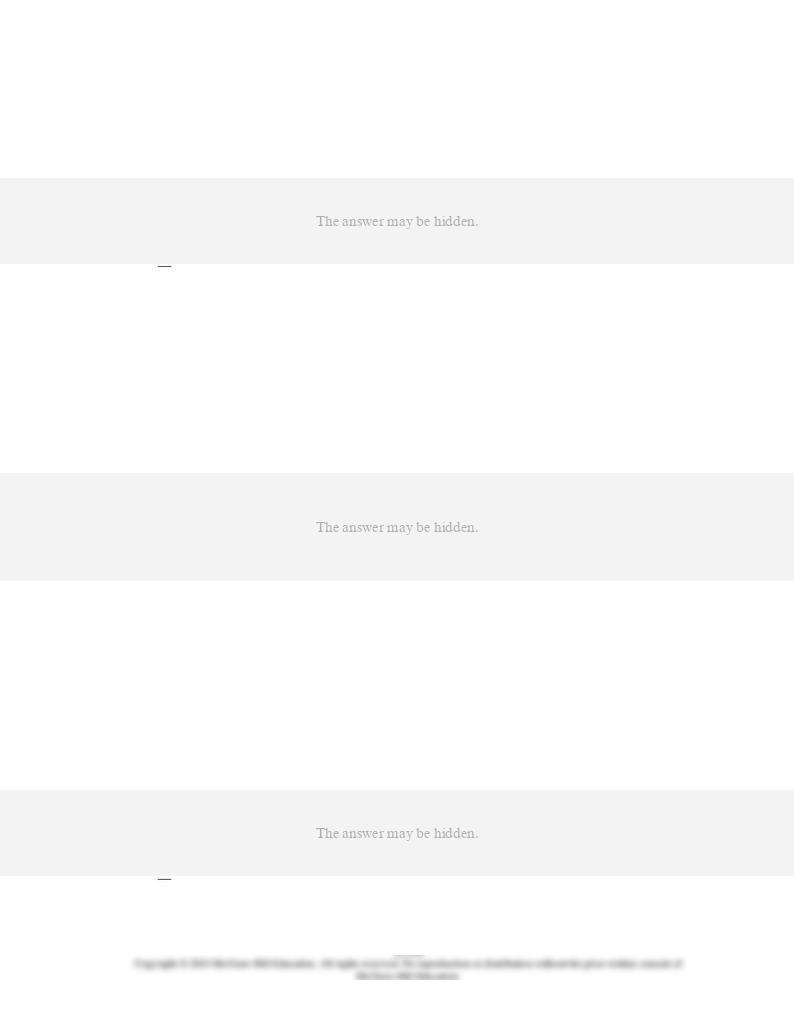
117.
Relatively rapid U.S. growth between 2002 and 2007 contributed to large U.S. trade
deficits by:
AACSB: Reflective Thinking
Accessibility: Keyboard Navigation
Blooms: Remember
Difficulty: 1 Easy
Learning Objective: 39-06 Identify the causes and consequences of recent U.S. trade deficits.
Topic: Recent U.S. trade deficits
118.
As a result of the 2007-2009 recession:
AACSB: Reflective Thinking
Accessibility: Keyboard Navigation
Blooms: Remember
Difficulty: 1 Easy
Learning Objective: 39-06 Identify the causes and consequences of recent U.S. trade deficits.
Topic: Recent U.S. trade deficits
119.
Two of the implications of large U.S. trade deficits for the United States are:
AACSB: Reflective Thinking
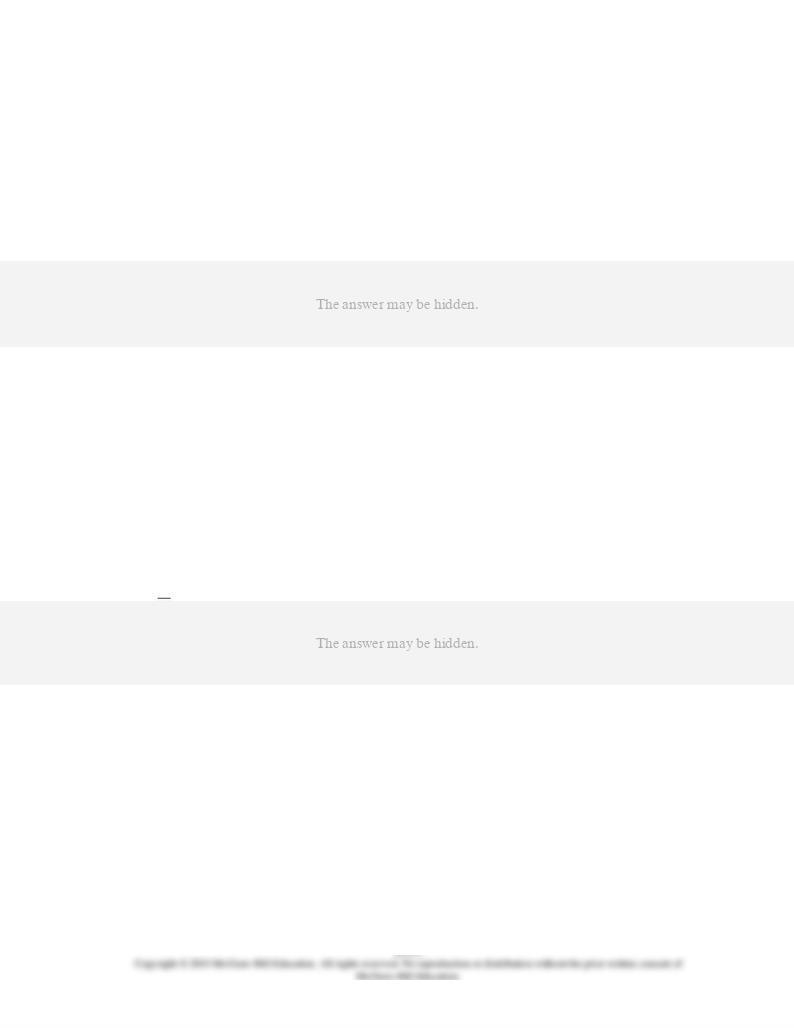
Accessibility: Keyboard Navigation
Blooms: Understand
Difficulty: 2 Medium
Learning Objective: 39-06 Identify the causes and consequences of recent U.S. trade deficits.
Topic: Recent U.S. trade deficits
120.
Mainly because of large current account deficits, the United States:
AACSB: Reflective Thinking
Accessibility: Keyboard Navigation
Blooms: Understand
Difficulty: 2 Medium
Learning Objective: 39-06 Identify the causes and consequences of recent U.S. trade deficits.
Topic: Recent U.S. trade deficits
121.
One of the consequences of the U.S. trade deficit is that:
A.
domestic inflation has resulted.
B.
the accumulation of American dollars in foreign hands has enabled foreign firms to
AACSB: Reflective Thinking
Accessibility: Keyboard Navigation
Blooms: Understand
Difficulty: 2 Medium
Learning Objective: 39-06 Identify the causes and consequences of recent U.S. trade deficits.
Topic: Recent U.S. trade deficits
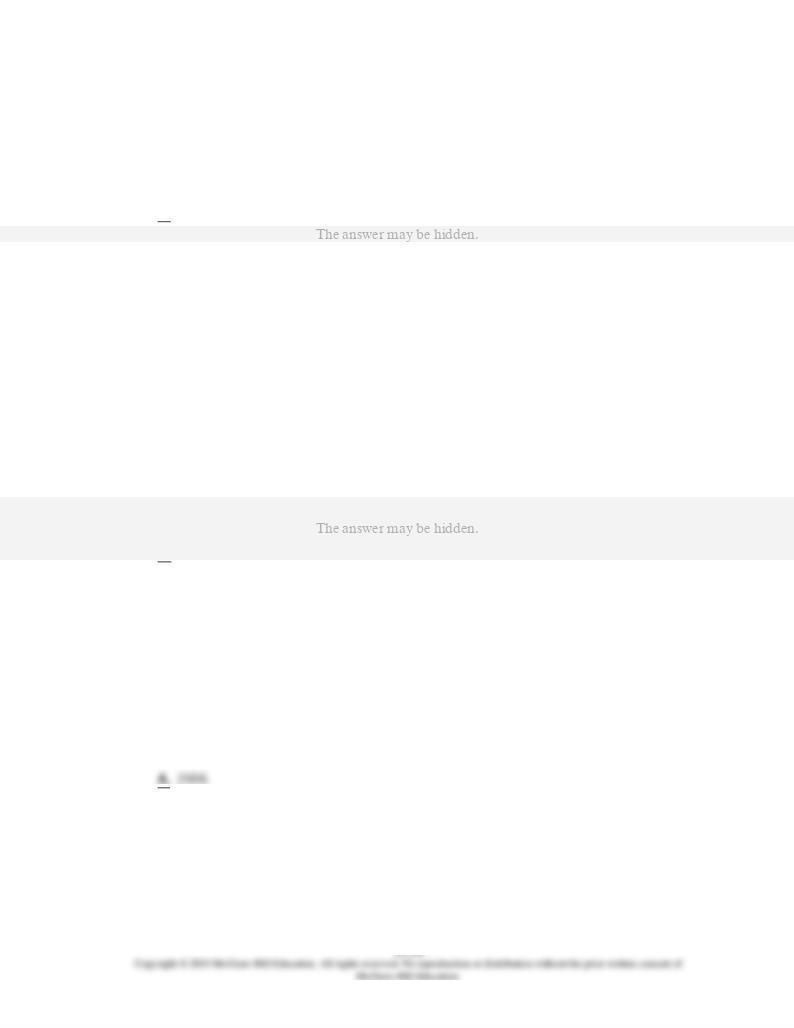
122.
In terms of individual nations, the largest U.S. trade deficit is with:
A.
Japan.
B.
Mexico.
C.
China.
AACSB: Analytic
Accessibility: Keyboard Navigation
Blooms: Remember
Difficulty: 1 Easy
Learning Objective: 39-06 Identify the causes and consequences of recent U.S. trade deficits.
Topic: Recent U.S. trade deficits
123.
The world's largest debtor nation in terms of debt owed to foreign citizens and
governments is:
A.
Russia.
AACSB: Analytic
Accessibility: Keyboard Navigation
Blooms: Remember
Difficulty: 1 Easy
Learning Objective: 39-06 Identify the causes and consequences of recent U.S. trade deficits.
Topic: Recent U.S. trade deficits
124.
The United States' current account deficit reached a new high in:
B.
2007.
C.
2008.
D.
2009.
AACSB: Analytic
Accessibility: Keyboard Navigation
Blooms: Remember

Difficulty: 1 Easy
Learning Objective: 39-06 Identify the causes and consequences of recent U.S. trade deficits.
Topic: Recent U.S. trade deficits
125.
The large trade deficit that the United States has with China persists in part because:
AACSB: Reflective Thinking
Accessibility: Keyboard Navigation
Blooms: Understand
Difficulty: 2 Medium
Learning Objective: 39-06 Identify the causes and consequences of recent U.S. trade deficits.
Topic: Recent U.S. trade deficits
126.
Which of the following has contributed to large U.S. trade deficits in recent years?
AACSB: Reflective Thinking
Accessibility: Keyboard Navigation
Blooms: Understand
Difficulty: 2 Medium
Learning Objective: 39-06 Identify the causes and consequences of recent U.S. trade deficits.
Topic: Recent U.S. trade deficits
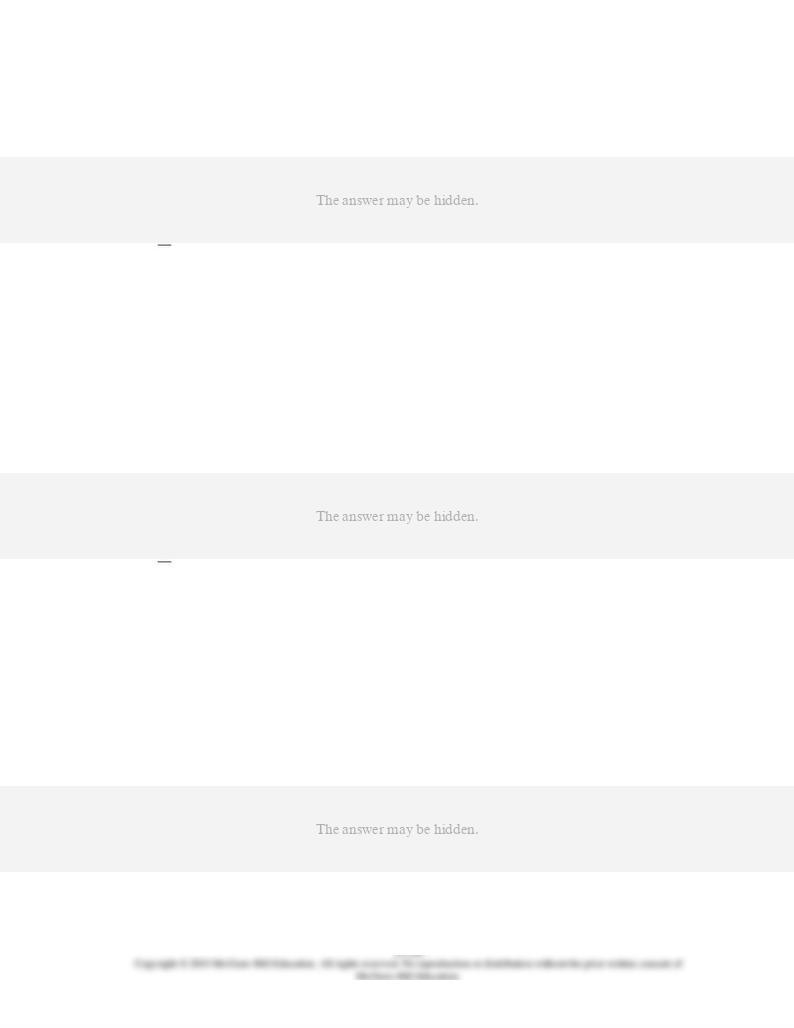
127.
Present consumption supported by large trade deficits may come at the expense of:
AACSB: Reflective Thinking
Accessibility: Keyboard Navigation
Blooms: Understand
Difficulty: 2 Medium
Learning Objective: 39-06 Identify the causes and consequences of recent U.S. trade deficits.
Topic: Recent U.S. trade deficits
128.
(Last Word) People who buy foreign currency for the sole goal of selling it at a profit are
called:
AACSB: Analytic
Accessibility: Keyboard Navigation
Blooms: Remember
Difficulty: 1 Easy
Learning Objective: 39-03 Discuss how exchange rates are determined in currency markets that have flexible exchange
rates.
Topic: Flexible exchange rates
129.
(Last Word) Currency speculators aid international trade by:
AACSB: Reflective Thinking
Accessibility: Keyboard Navigation
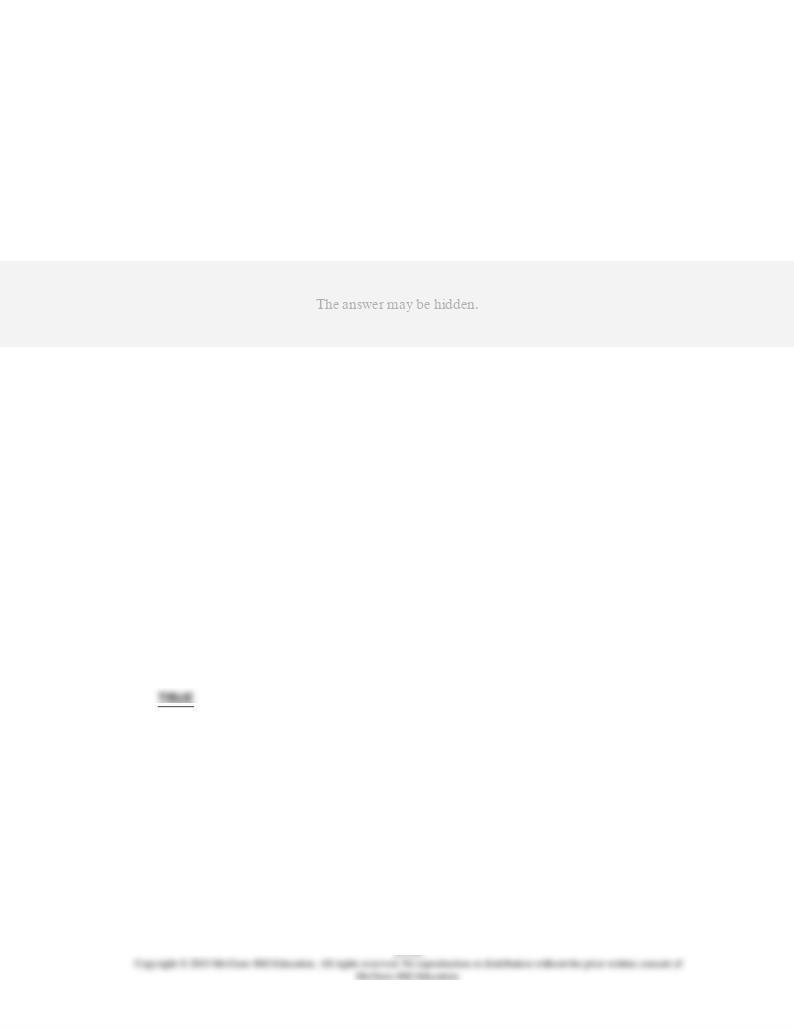
Blooms: Understand
Difficulty: 2 Medium
Learning Objective: 39-03 Discuss how exchange rates are determined in currency markets that have flexible exchange
rates.
Topic: Flexible exchange rates
130.
(Last Word) Firms engaged in international trade can reduce exchange-rate risk by:
AACSB: Reflective Thinking
Accessibility: Keyboard Navigation
Blooms: Understand
Difficulty: 2 Medium
Learning Objective: 39-03 Discuss how exchange rates are determined in currency markets that have flexible exchange
rates.
Topic: Flexible exchange rates
True / False Questions
131.
U.S. exports increase and U.S. imports decrease the supplies of foreign monies owned by
U.S. banks.
AACSB: Reflective Thinking
Accessibility: Keyboard Navigation
Blooms: Understand
Difficulty: 2 Medium
Learning Objective: 39-03 Discuss how exchange rates are determined in currency markets that have flexible exchange
rates.
Topic: Flexible exchange rates
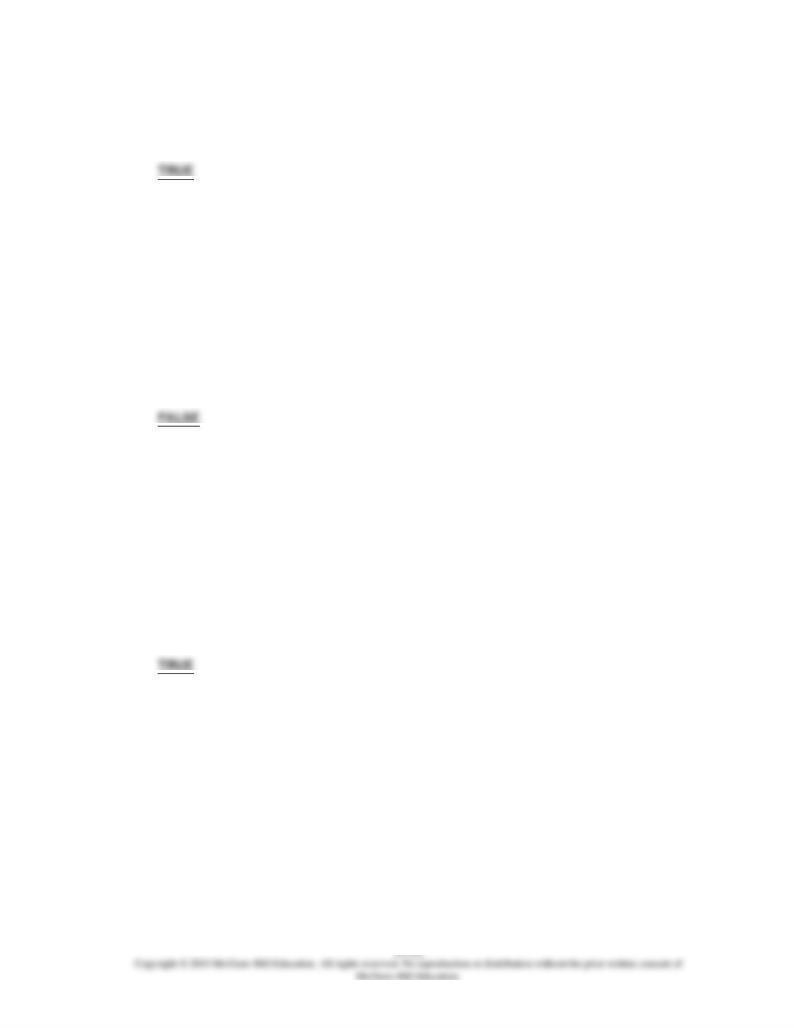
132.
Under freely flexible (floating) exchange rates, if the dollar price of pounds rises, the
pound price of dollars will fall.
AACSB: Reflective Thinking
Accessibility: Keyboard Navigation
Blooms: Understand
Difficulty: 2 Medium
Learning Objective: 39-03 Discuss how exchange rates are determined in currency markets that have flexible exchange
rates.
Topic: Flexible exchange rates
133.
If the price of British pounds, measured in terms of U.S. dollars, is rising, then the price of
U.S. dollars, measured in terms of British pounds, is also rising.
AACSB: Reflective Thinking
Accessibility: Keyboard Navigation
Blooms: Understand
Difficulty: 2 Medium
Learning Objective: 39-03 Discuss how exchange rates are determined in currency markets that have flexible exchange
rates.
Topic: Flexible exchange rates
134.
Under freely flexible (floating) exchange rates, a U.S. trade deficit with Japan will
eventually cause the dollar price of yen to rise.
AACSB: Reflective Thinking
Accessibility: Keyboard Navigation
Blooms: Apply
Difficulty: 2 Medium
Learning Objective: 39-03 Discuss how exchange rates are determined in currency markets that have flexible exchange
rates.
Topic: Flexible exchange rates
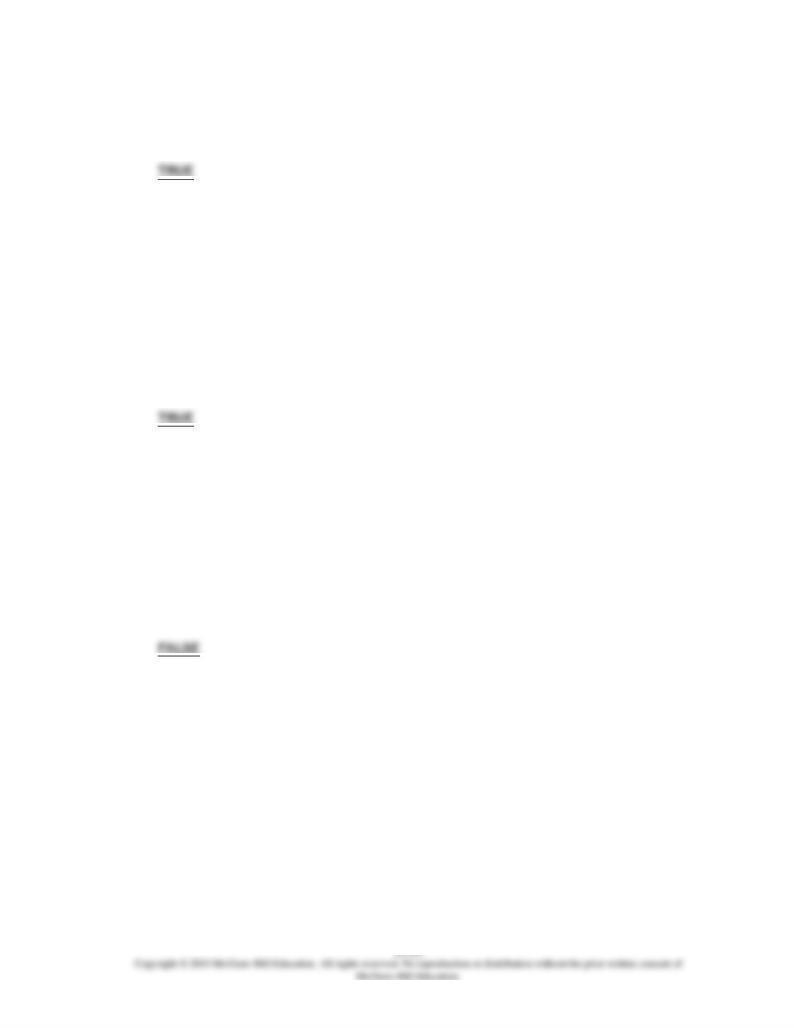
135.
If the dollar depreciates, U.S. exports will eventually rise and U.S. imports will eventually
fall.
AACSB: Reflective Thinking
Accessibility: Keyboard Navigation
Blooms: Understand
Difficulty: 2 Medium
Learning Objective: 39-03 Discuss how exchange rates are determined in currency markets that have flexible exchange
rates.
Topic: Flexible exchange rates
136.
A system of fixed exchange rates is more likely to result in exchange controls than is a
system of flexible (floating) exchange rates.
AACSB: Reflective Thinking
Accessibility: Keyboard Navigation
Blooms: Understand
Difficulty: 2 Medium
Learning Objective: 39-04 Describe the difference between flexible exchange rates and fixed exchange rates.
Topic: Fixed exchange rates
137.
A nation that imports more goods and services than it exports is necessarily realizing an
international balance of payments deficit.
AACSB: Reflective Thinking
Accessibility: Keyboard Navigation
Blooms: Understand
Difficulty: 2 Medium
Learning Objective: 39-02 Analyze the balance sheet the United States uses to account for the international payments it
makes and receives.
Topic: Balance of payments

138.
Answer the question on the basis of the following 2008 balance of payments statement for
Transylvania. All figures are in billions of dollars.
Refer to the given data. In 2008, Transylvania imported more products than it exported.
AACSB: Analytic
Blooms: Apply
Difficulty: 2 Medium
Learning Objective: 39-02 Analyze the balance sheet the United States uses to account for the international payments it
makes and receives.
Topic: Balance of payments
Type: Table
139.
Answer the question on the basis of the following 2008 balance of payments statement for
Transylvania. All figures are in billions of dollars.
2008.
AACSB: Analytic
Blooms: Apply
Difficulty: 2 Medium
Learning Objective: 39-02 Analyze the balance sheet the United States uses to account for the international payments it
makes and receives.
Topic: Balance of payments

Type: Table
140.
Answer the question on the basis of the following 2008 balance of payments statement for
Transylvania. All figures are in billions of dollars.
Refer to the given data. In 2008 Transylvania realized a $1 billion surplus on goods and
services.
AACSB: Analytic
Blooms: Apply
Difficulty: 2 Medium
Learning Objective: 39-02 Analyze the balance sheet the United States uses to account for the international payments it
makes and receives.
Topic: Balance of payments
Type: Table
141.
Answer the question on the basis of the following 2008 balance of payments statement for
Transylvania. All figures are in billions of dollars.
Refer to the given data. In 2008 Transylvania was a net recipient of transfers from the rest
of the world.
AACSB: Analytic
Blooms: Apply
Difficulty: 2 Medium

Learning Objective: 39-02 Analyze the balance sheet the United States uses to account for the international payments it
makes and receives.
Topic: Balance of payments
Type: Table
142.
Answer the question on the basis of the following 2008 balance of payments statement for
Transylvania. All figures are in billions of dollars.
Refer to the given data. Foreigners made a larger volume of asset purchases in
Transylvania in 2008 than Transylvanians made asset purchases abroad.
AACSB: Analytic
Blooms: Apply
Difficulty: 2 Medium
Learning Objective: 39-02 Analyze the balance sheet the United States uses to account for the international payments it
makes and receives.
Topic: Balance of payments
Type: Table

143.
Answer the question on the basis of the following 2008 balance of payments statement for
Transylvania. All figures are in billions of dollars.
2008.
AACSB: Analytic
Blooms: Apply
Difficulty: 2 Medium
Learning Objective: 39-02 Analyze the balance sheet the United States uses to account for the international payments it
makes and receives.
Topic: Balance of payments
Type: Table
144.
Answer the question on the basis of the following 2008 balance of payments statement for
Transylvania. All figures are in billions of dollars.
Refer to the given data. If Transylvania was on a system of freely floating exchange rates,
its balance of payments position would cause the international value of its currency to
depreciate.
AACSB: Analytic
Blooms: Apply
Difficulty: 2 Medium
Learning Objective: 39-02 Analyze the balance sheet the United States uses to account for the international payments it
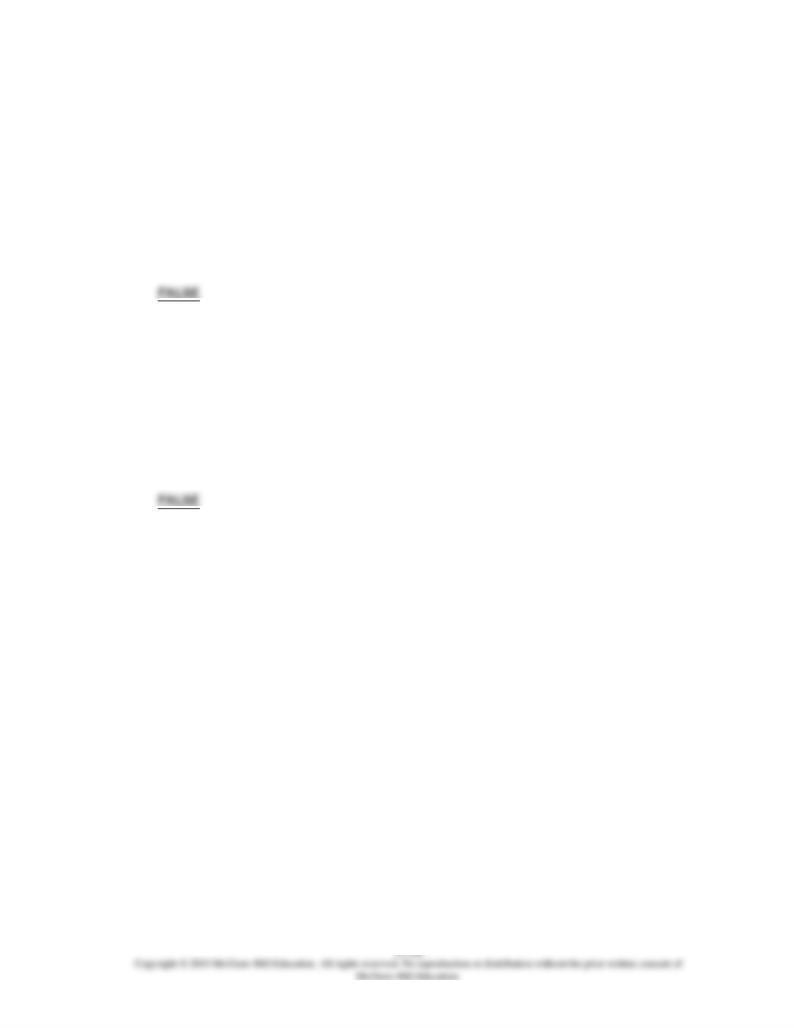
makes and receives.
Learning Objective: 39-03 Discuss how exchange rates are determined in currency markets that have flexible exchange
rates.
Topic: Balance of payments
Topic: Flexible exchange rates
Type: Table
145.
The United States has had significant trade and current account surpluses in recent
years.
AACSB: Reflective Thinking
Accessibility: Keyboard Navigation
Blooms: Remember
Difficulty: 1 Easy
Learning Objective: 39-06 Identify the causes and consequences of recent U.S. trade deficits.
Topic: Recent U.S. trade deficits
146.
A current account deficit will reduce U.S. foreign indebtedness.
AACSB: Reflective Thinking
Accessibility: Keyboard Navigation
Blooms: Understand
Difficulty: 2 Medium
Learning Objective: 39-06 Identify the causes and consequences of recent U.S. trade deficits.
Topic: Recent U.S. trade deficits